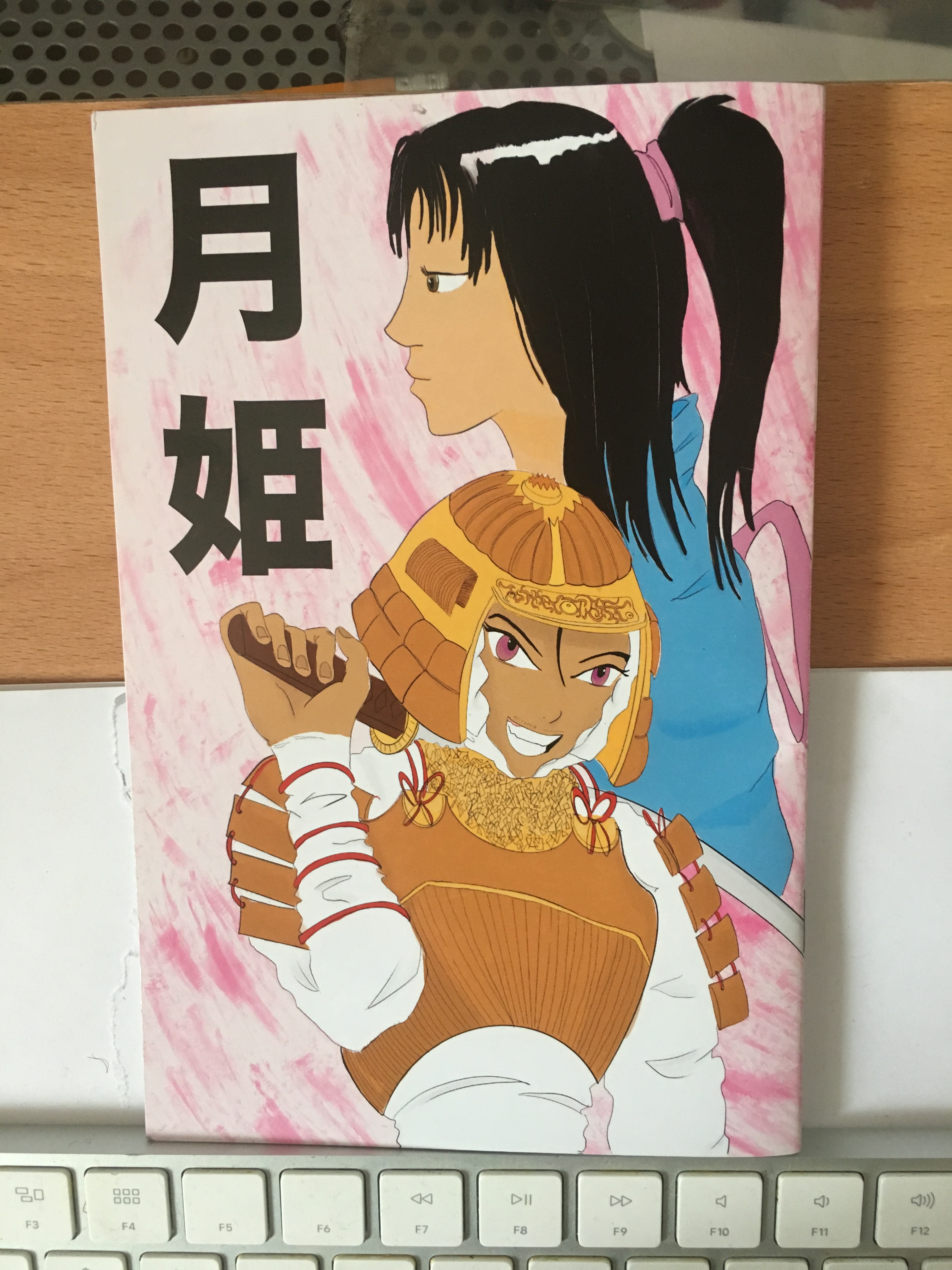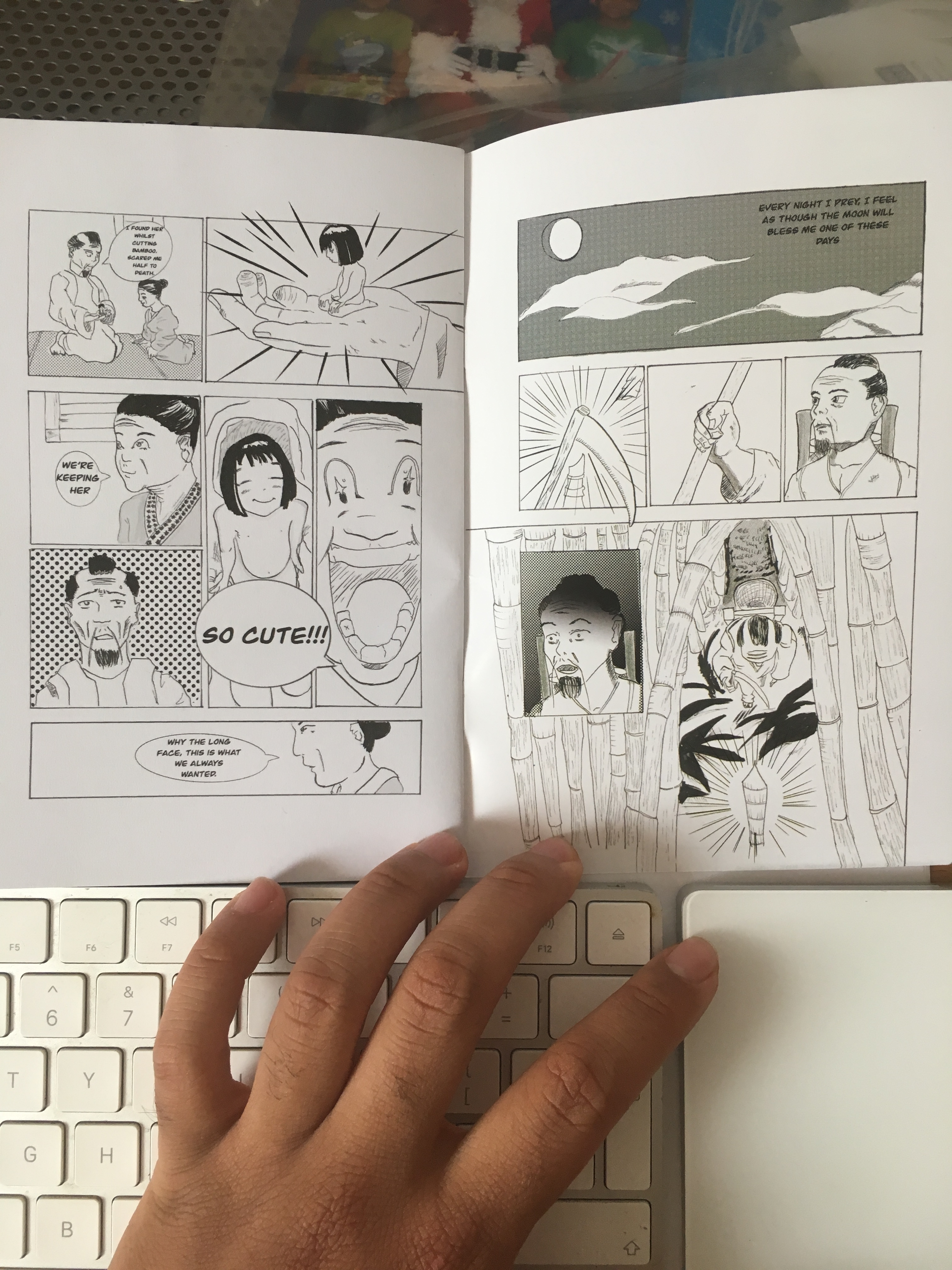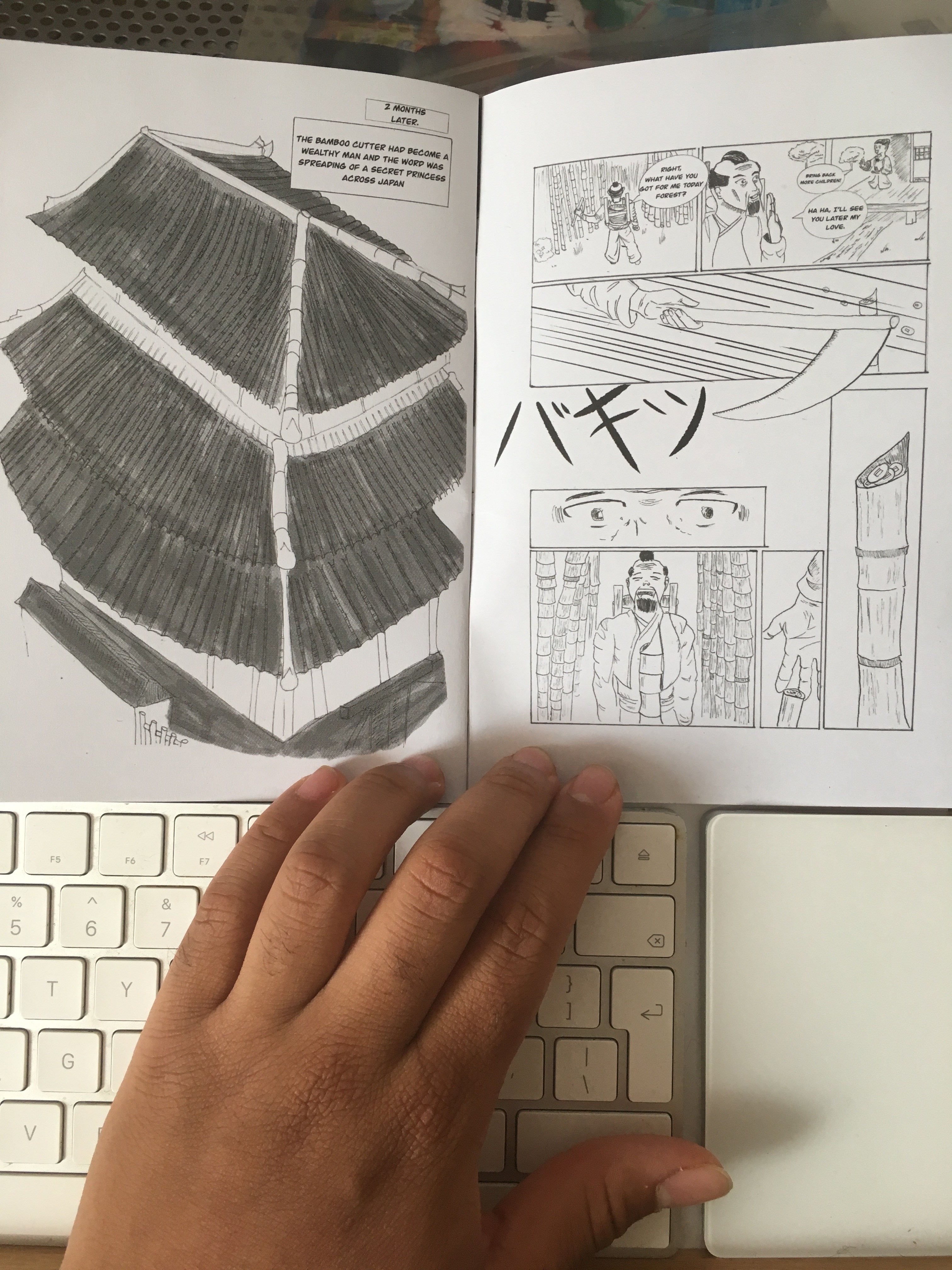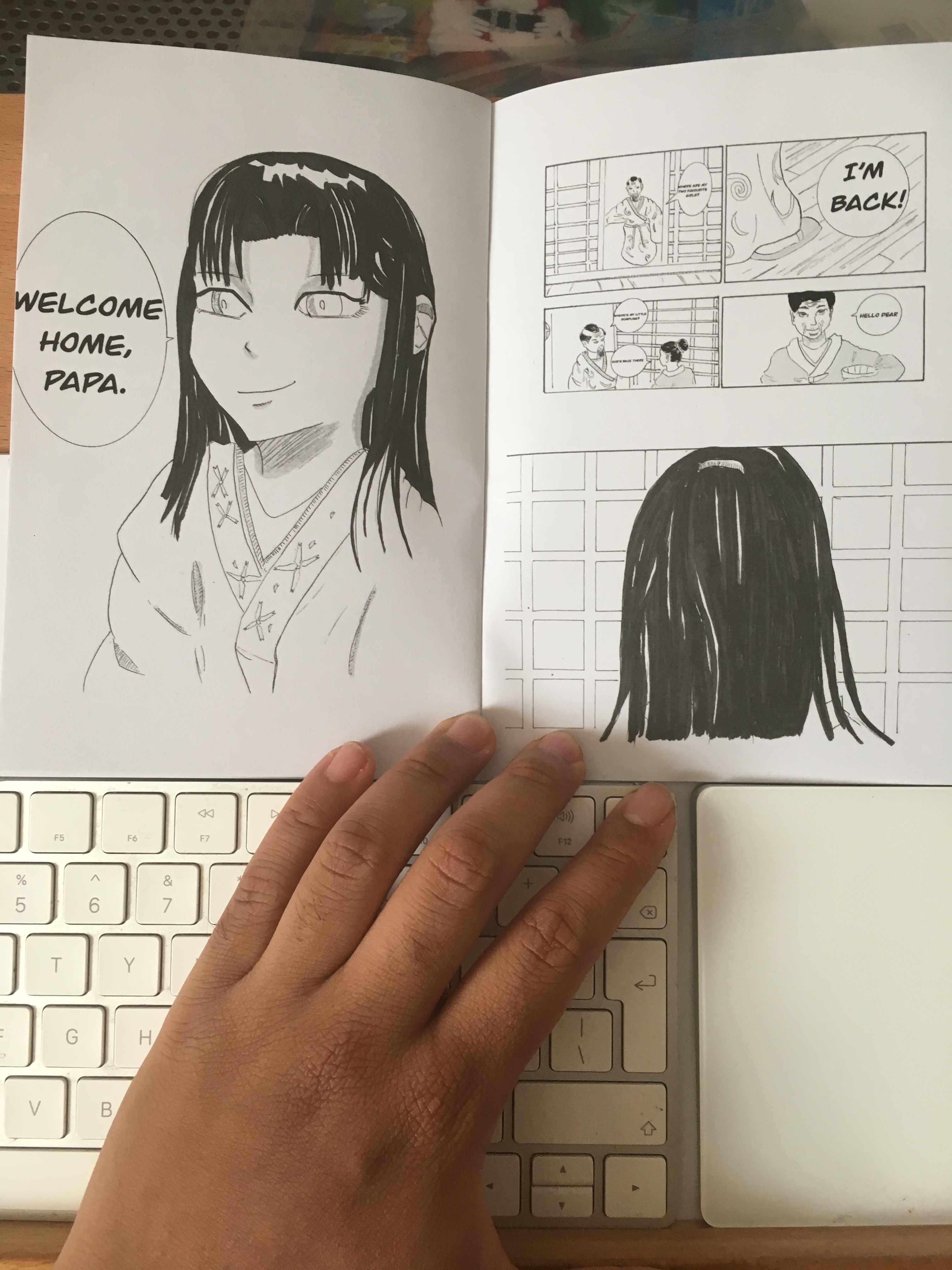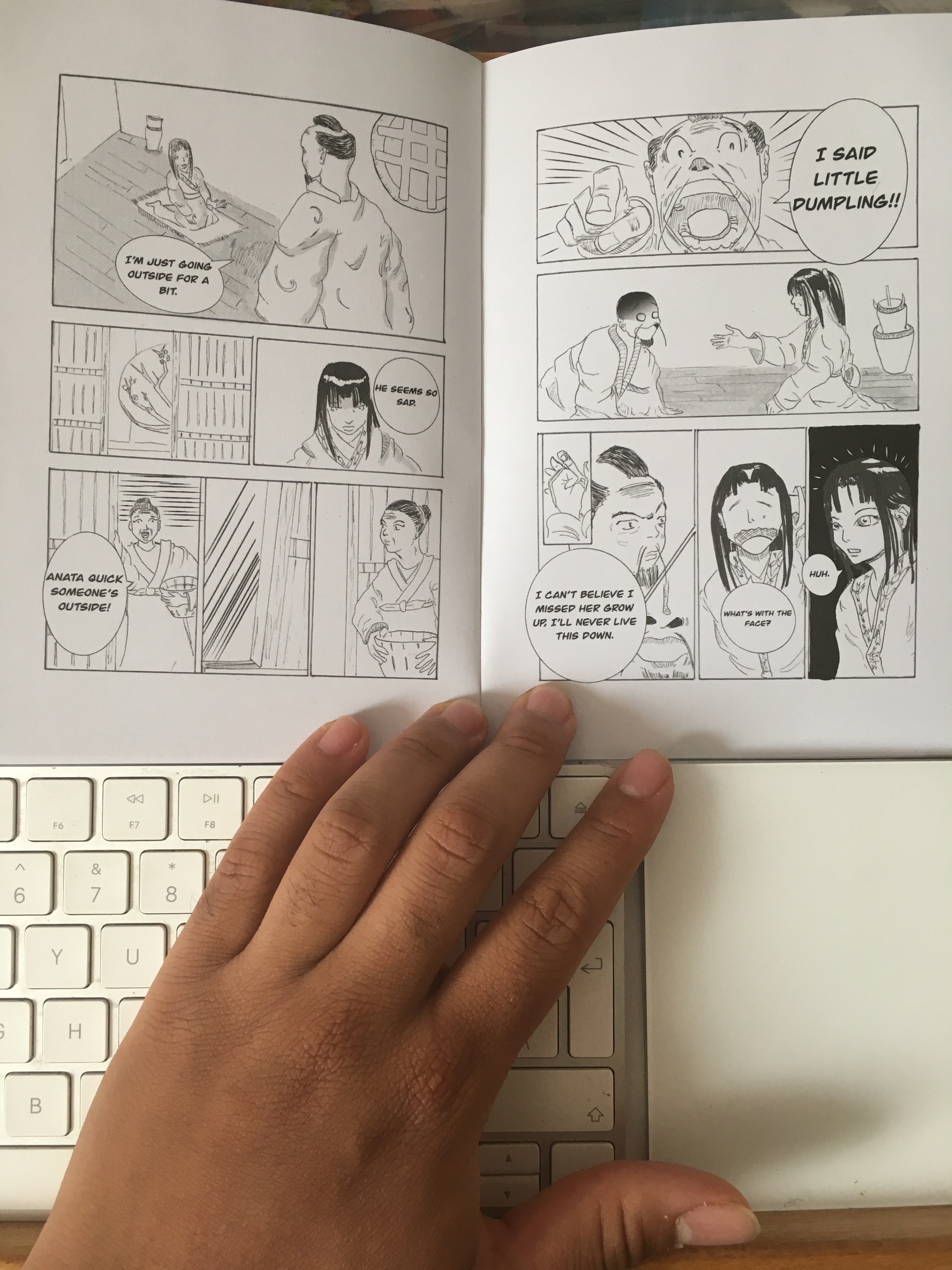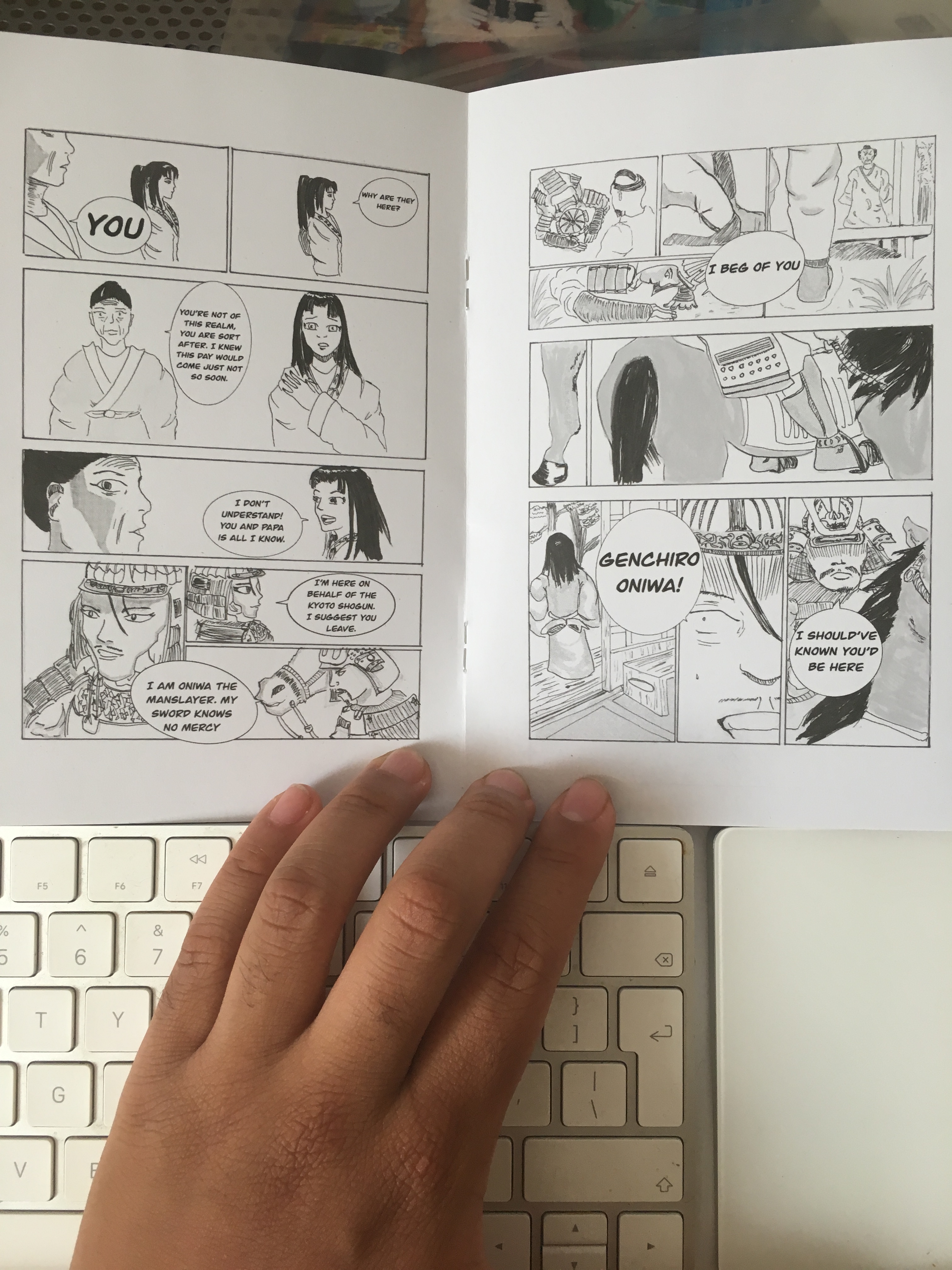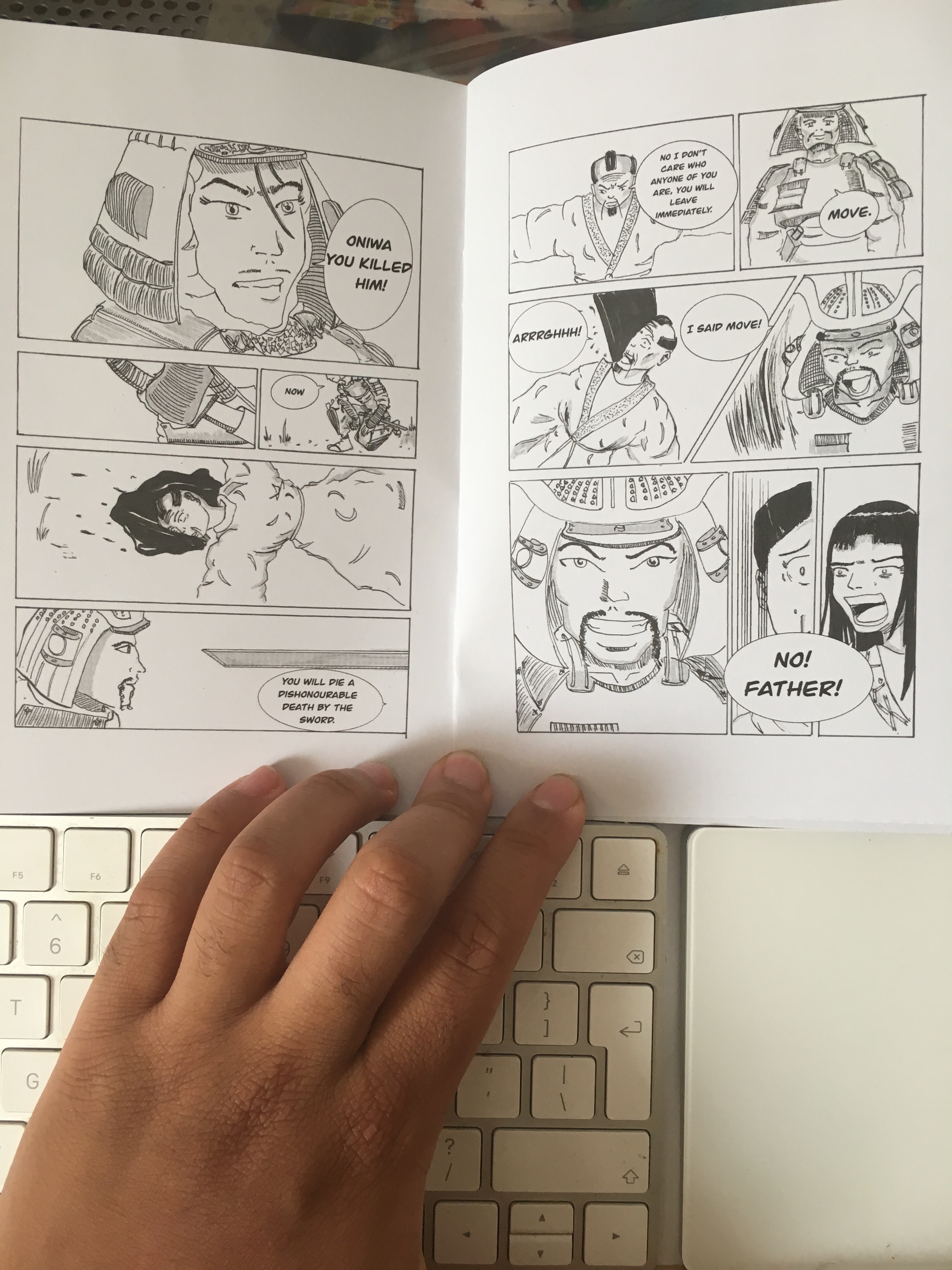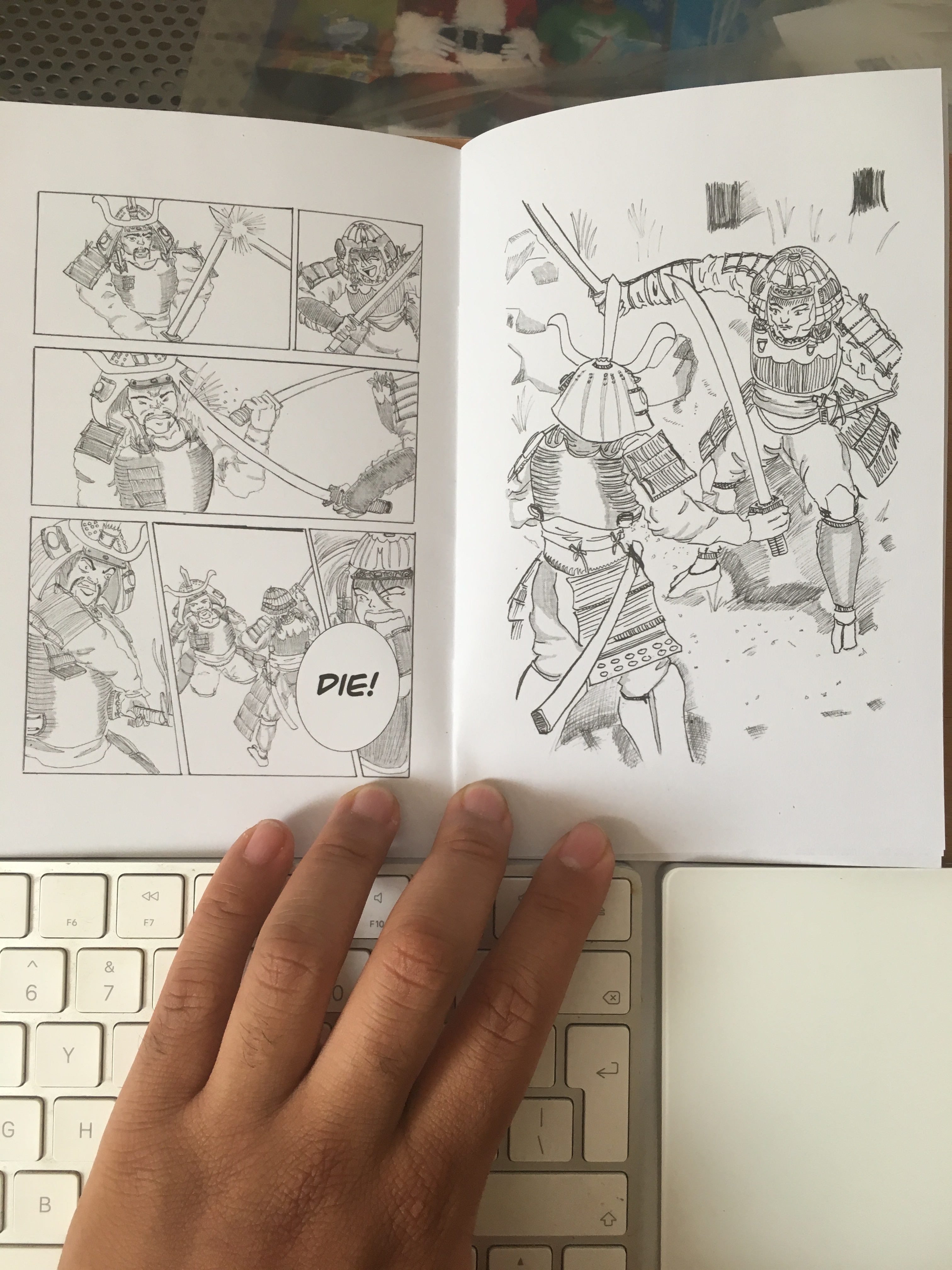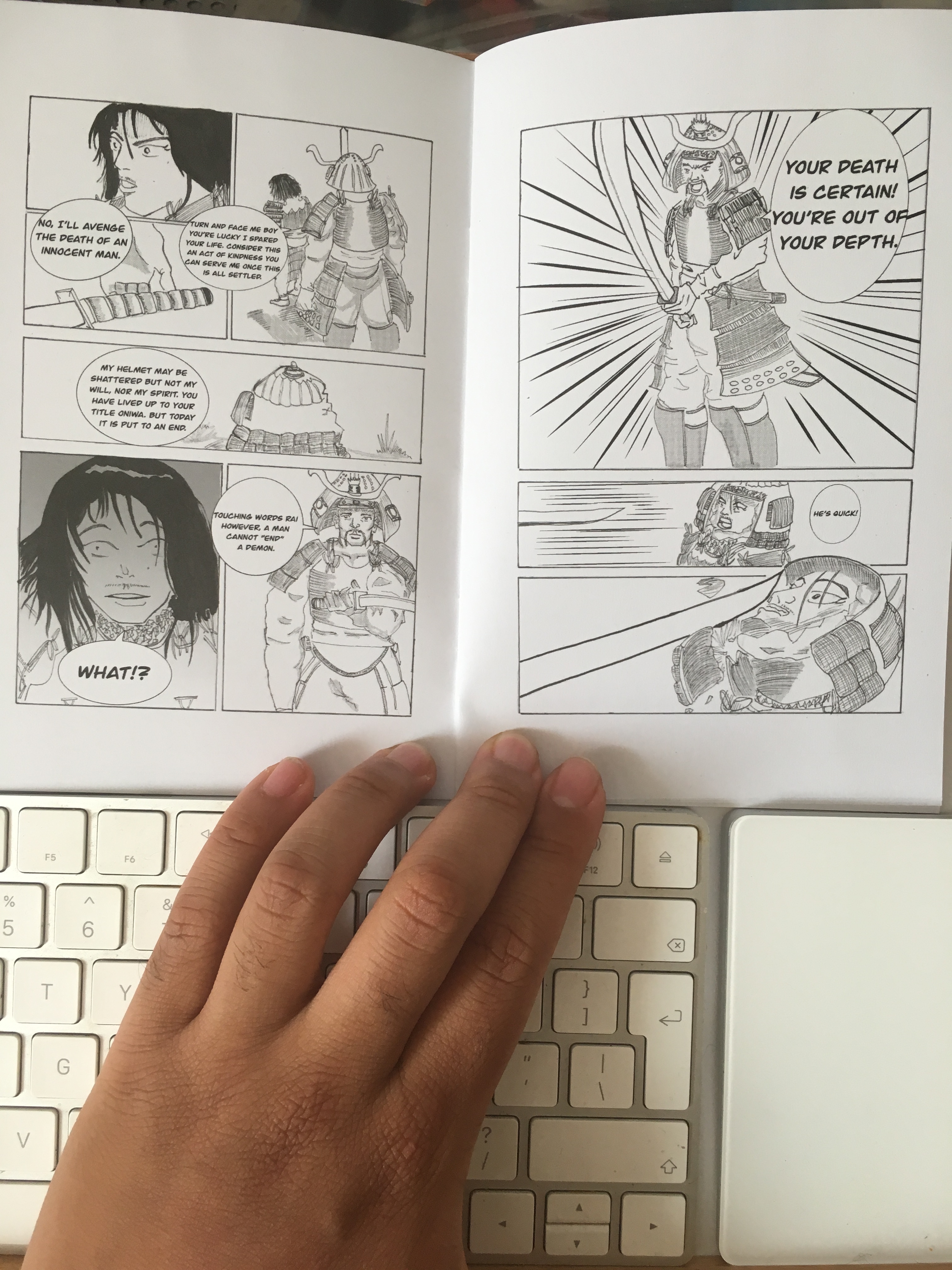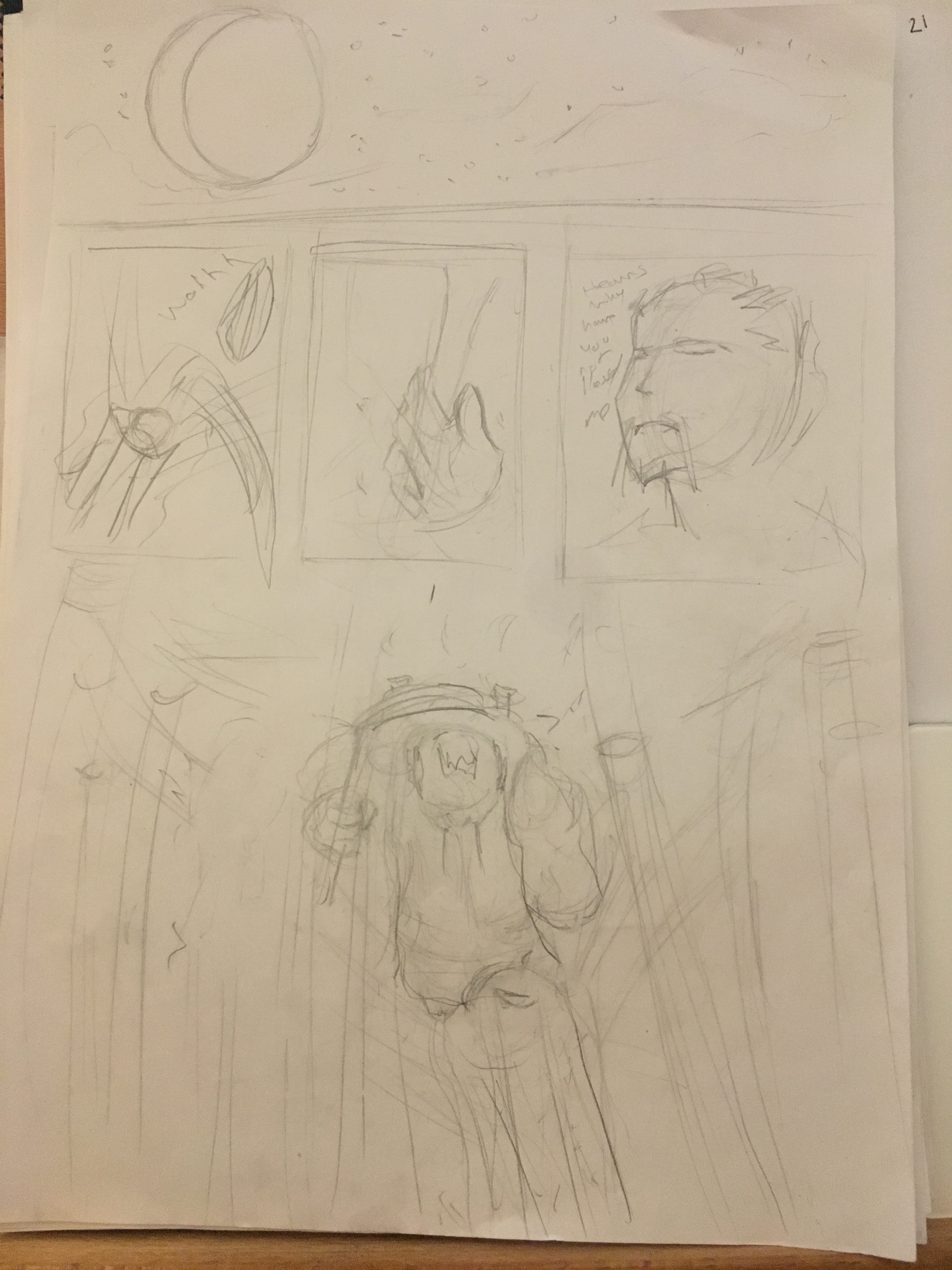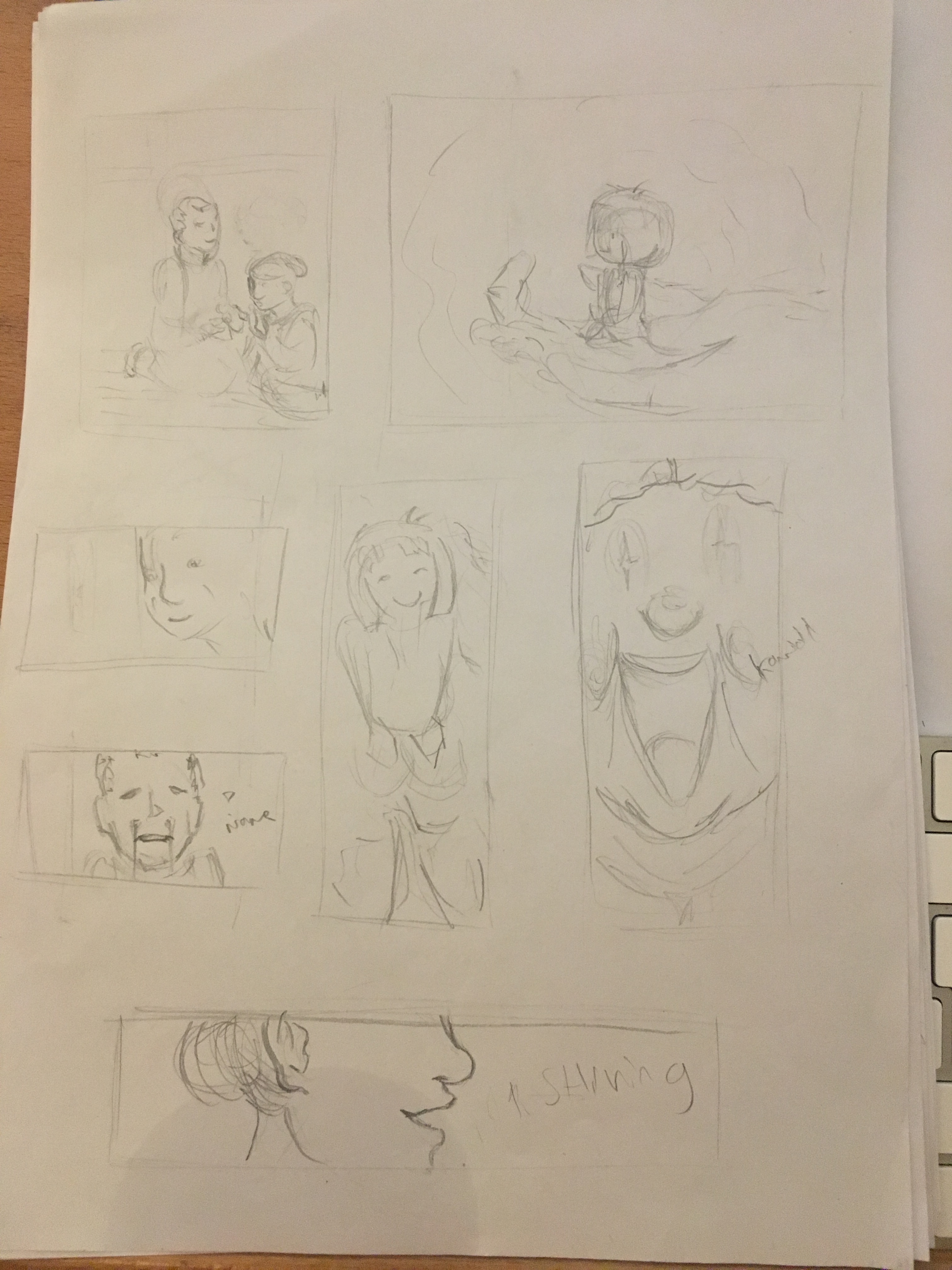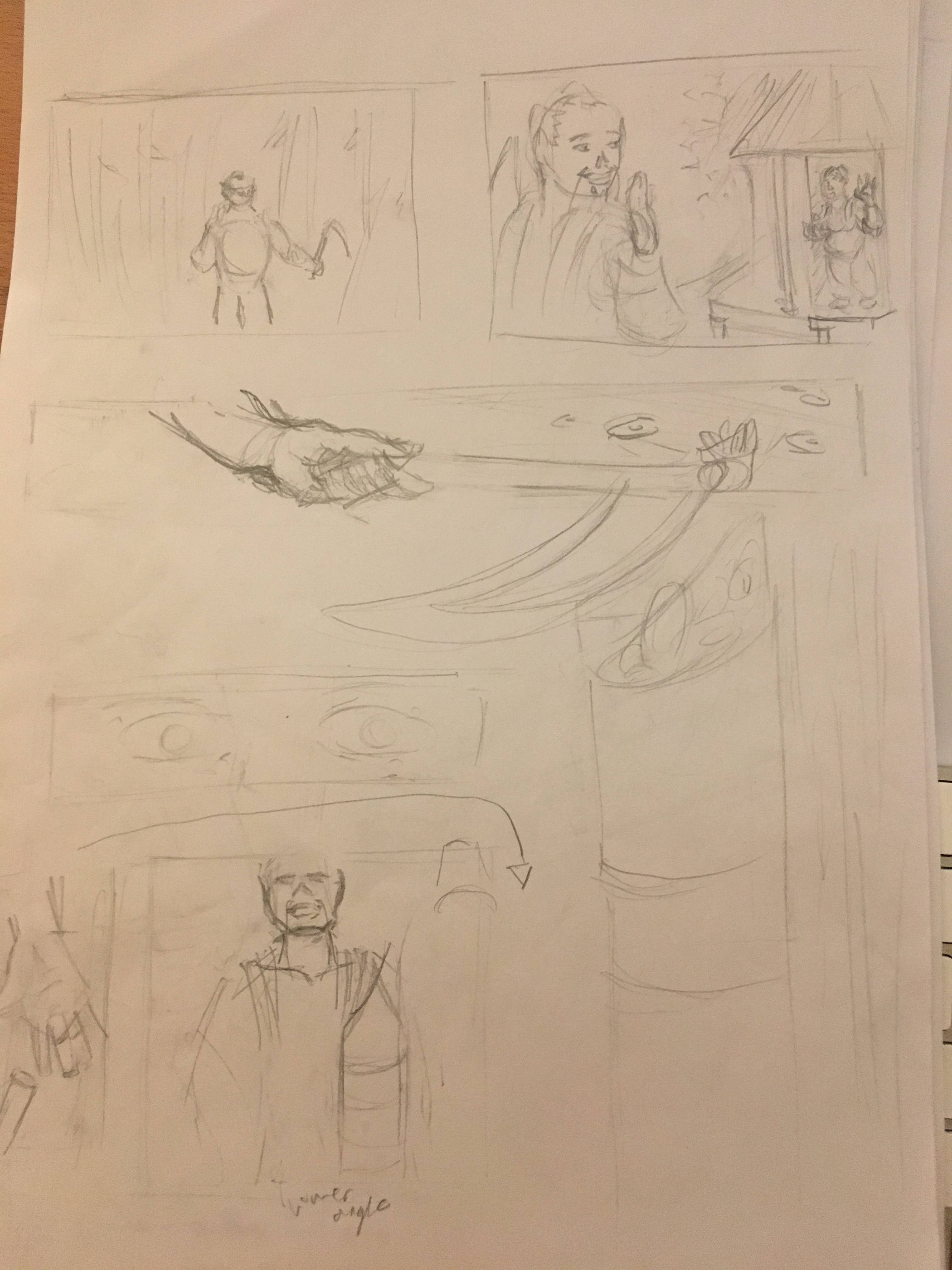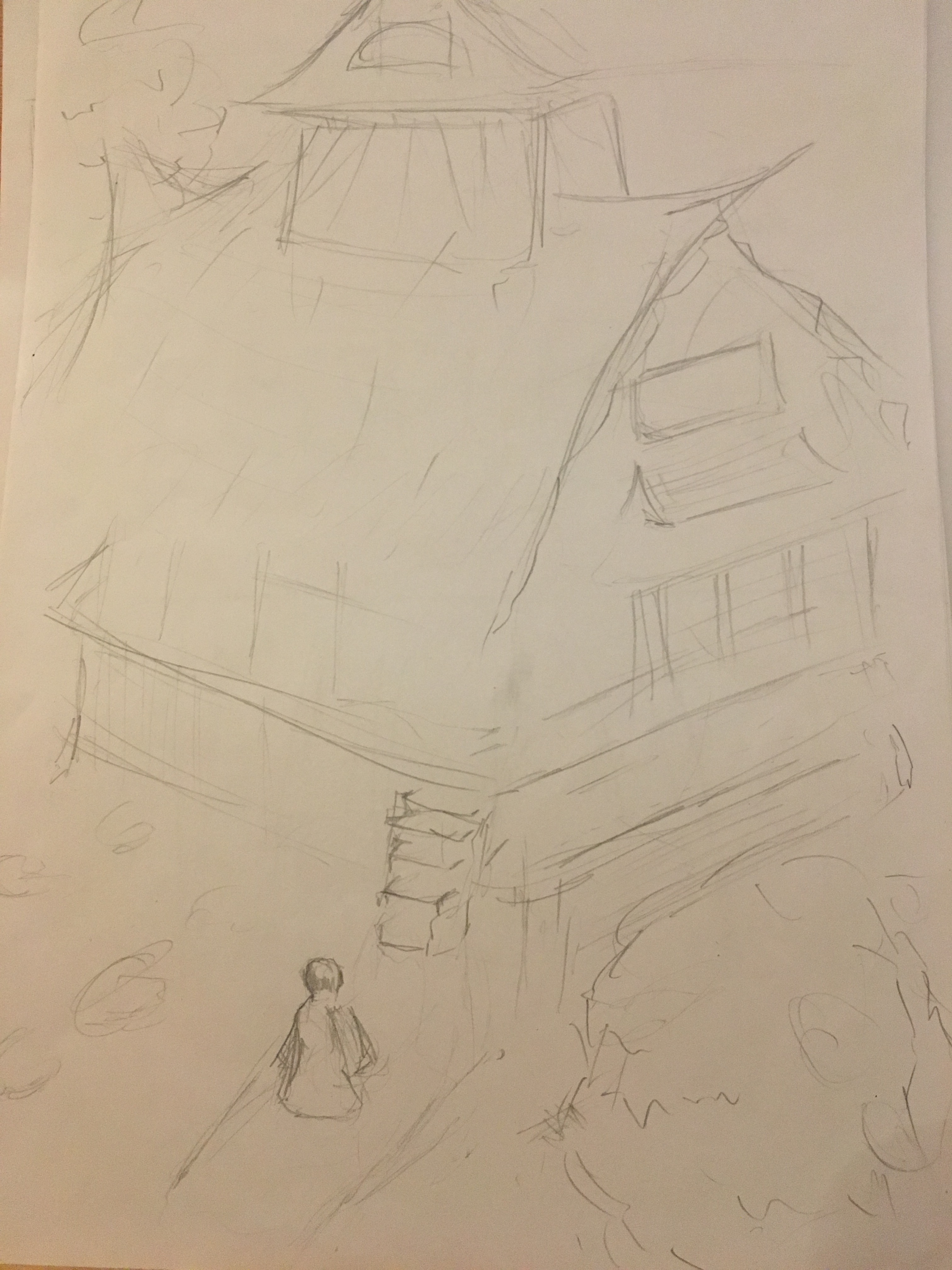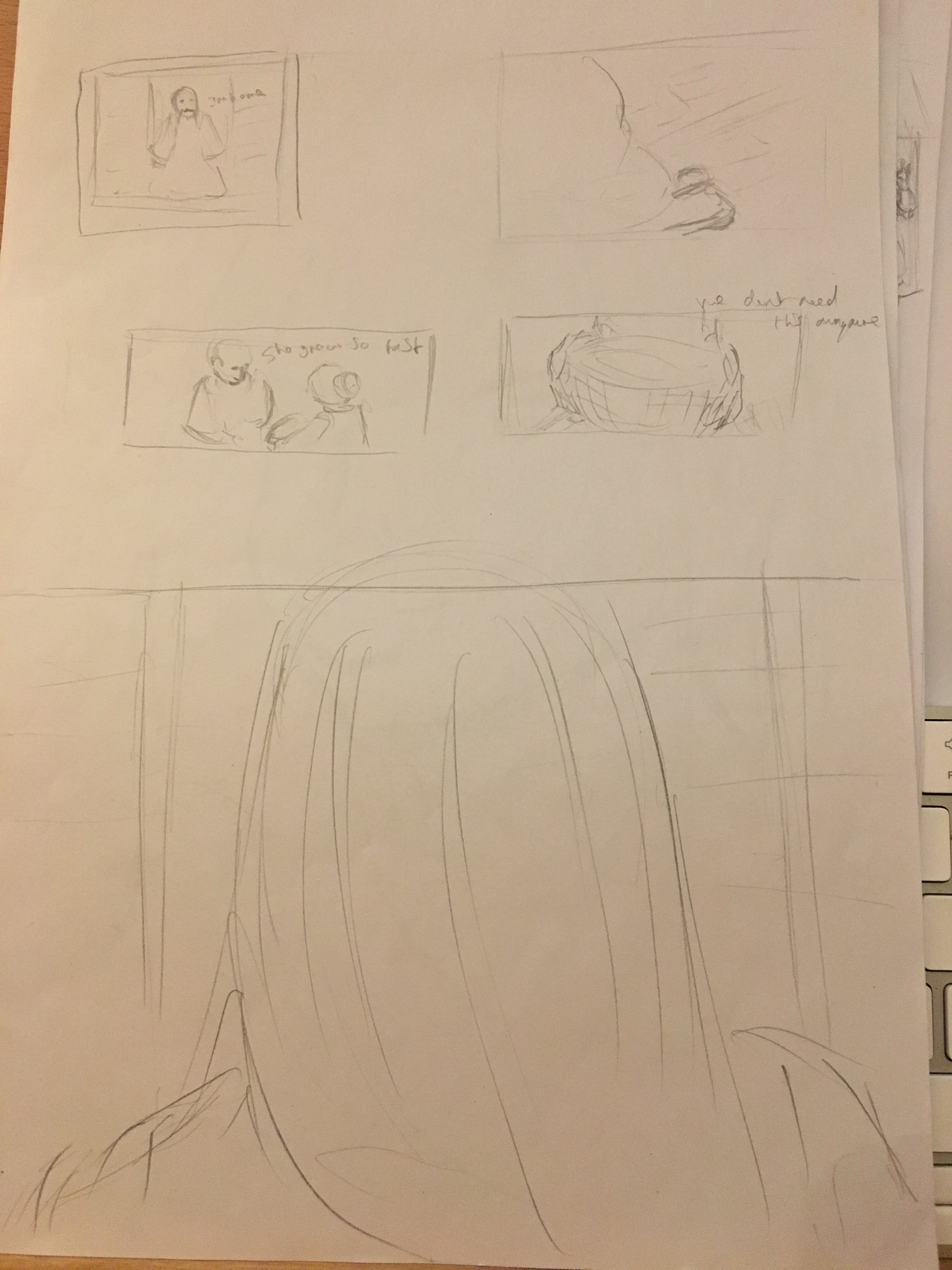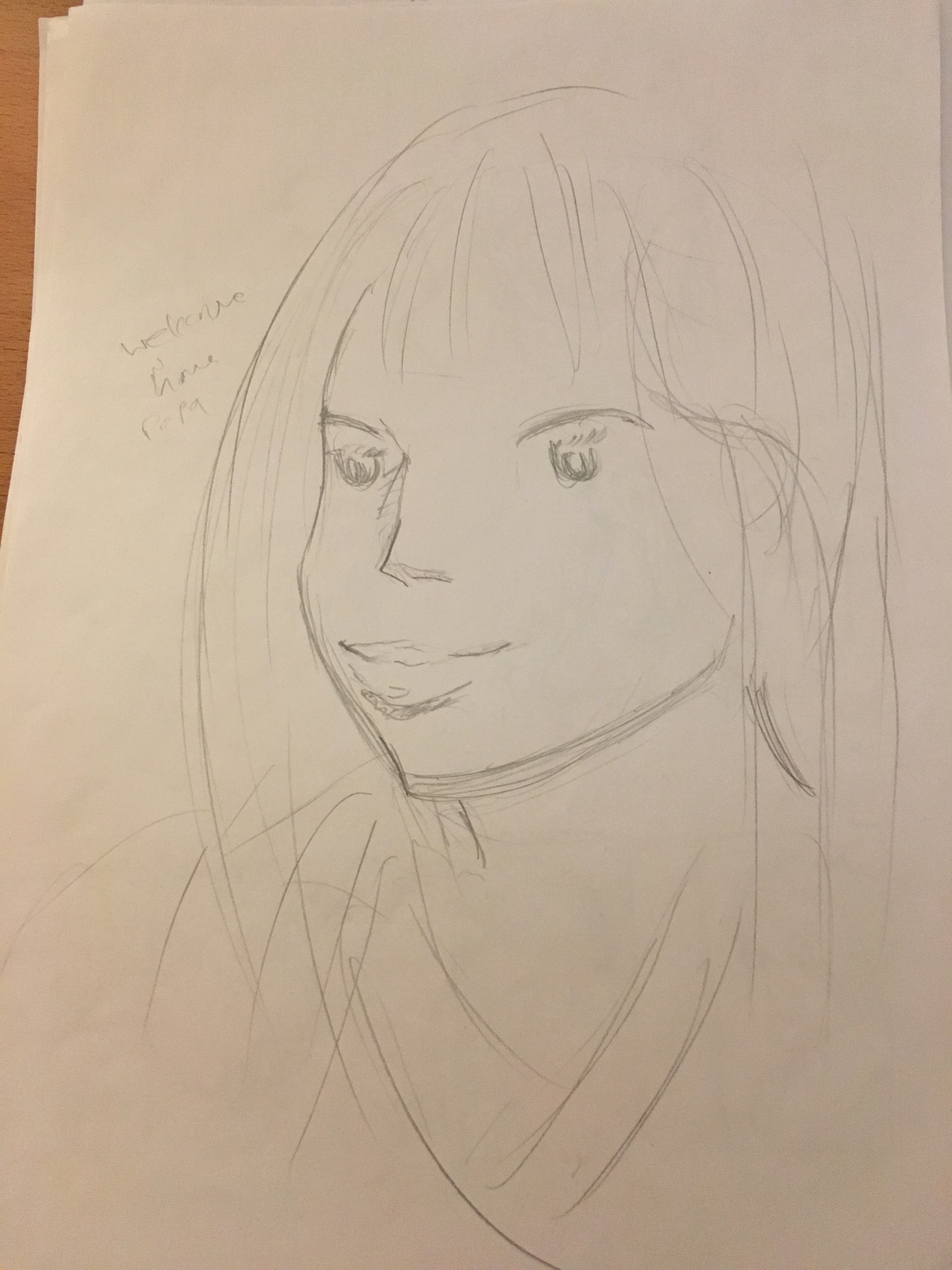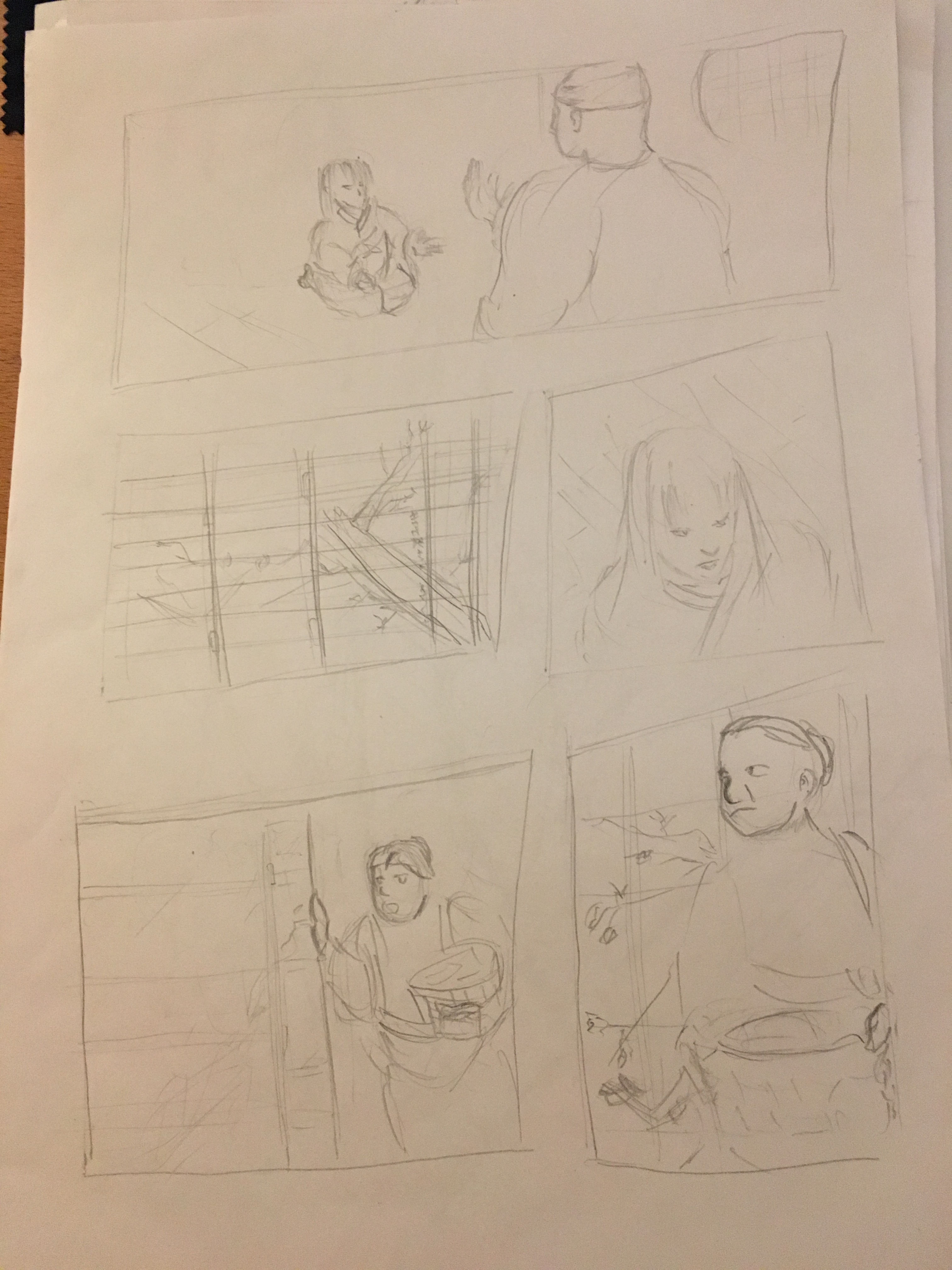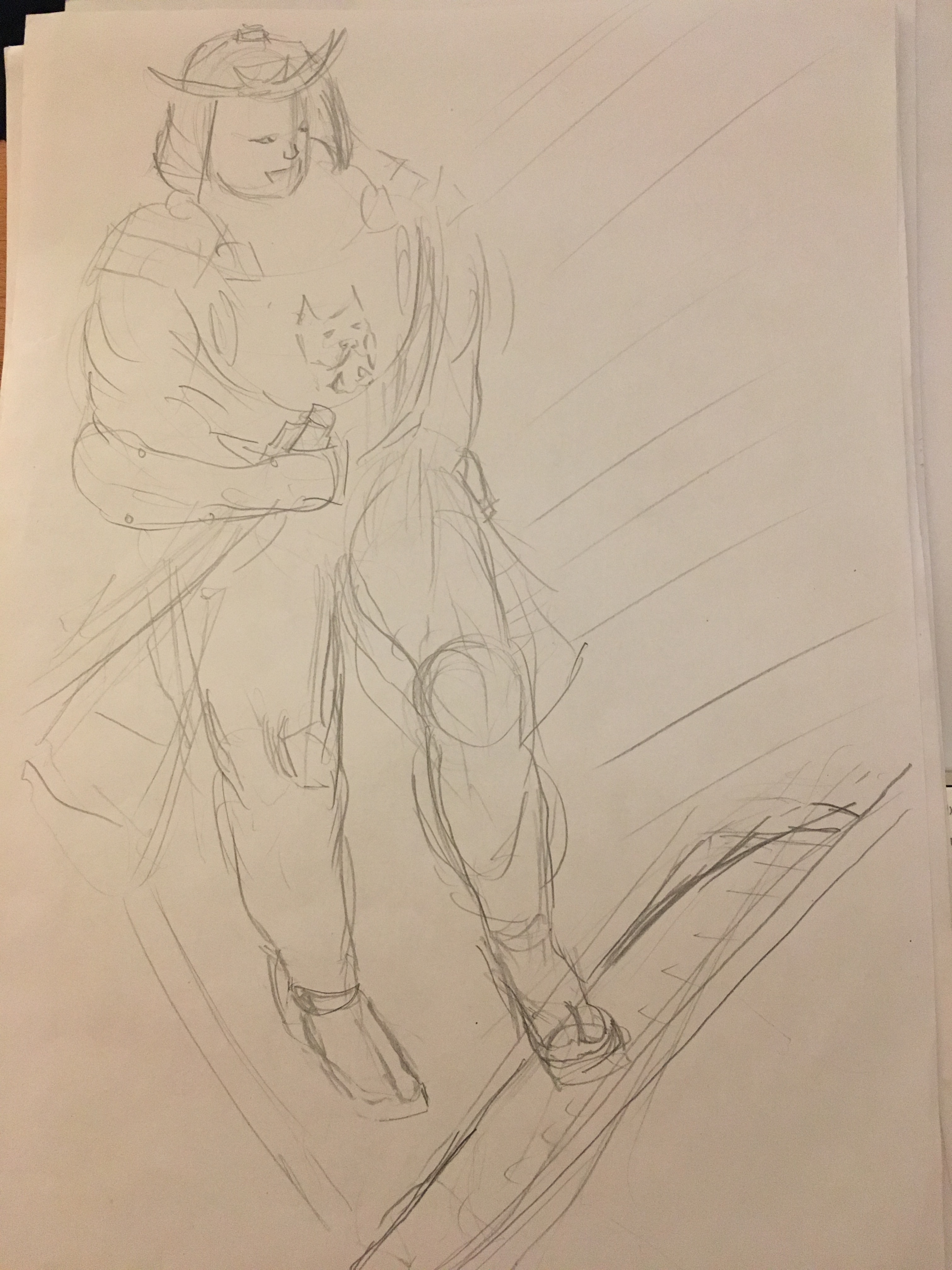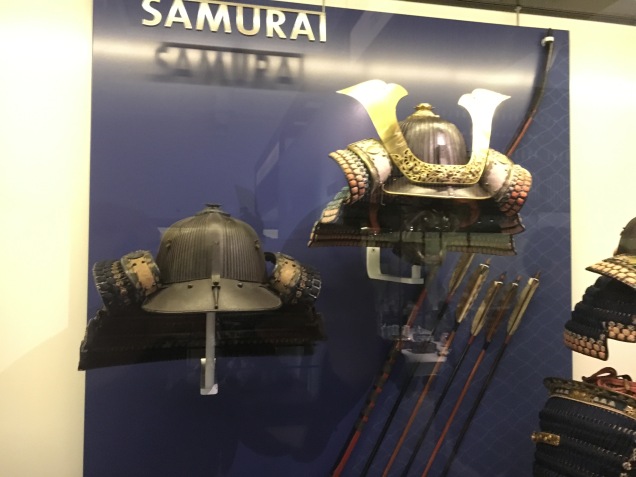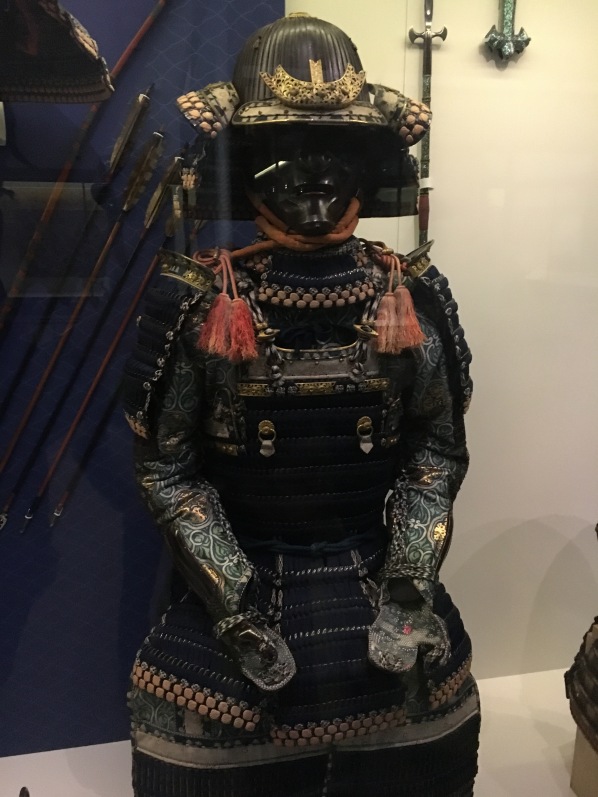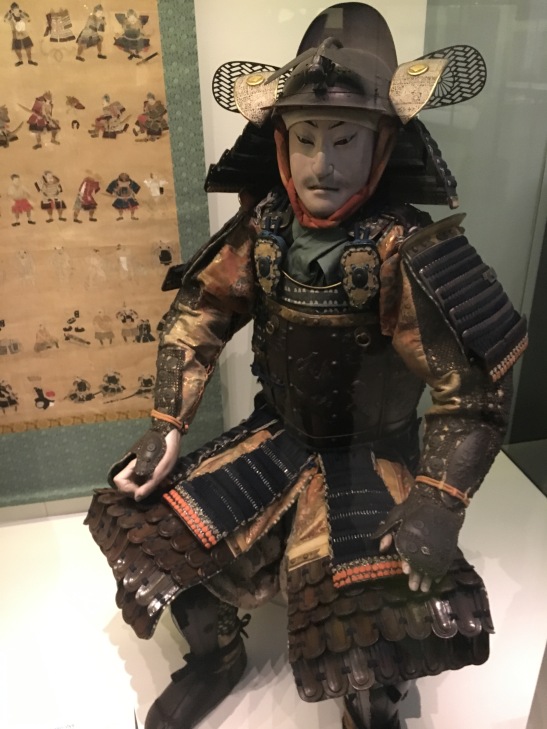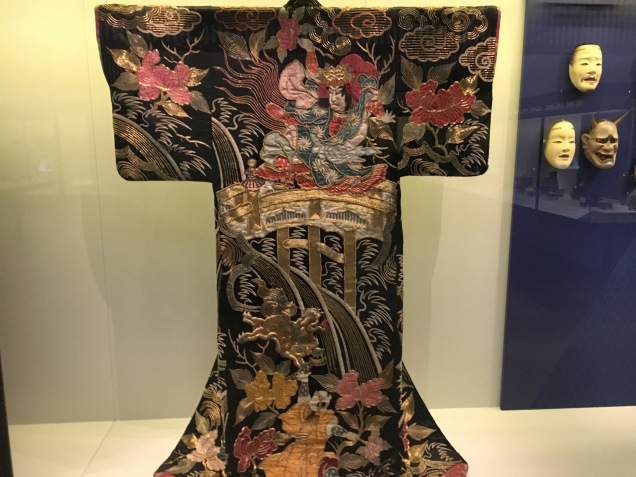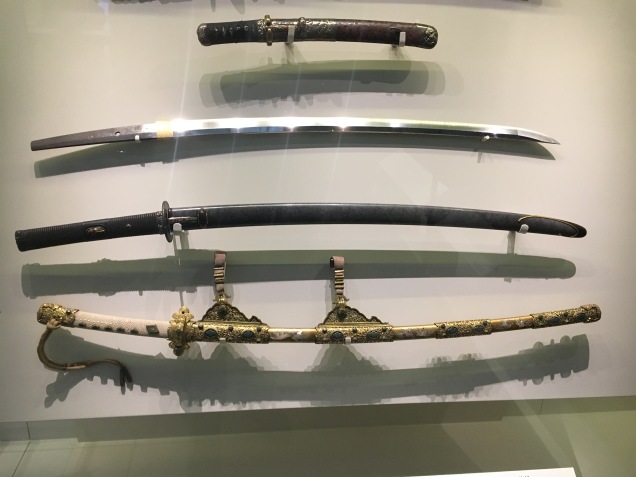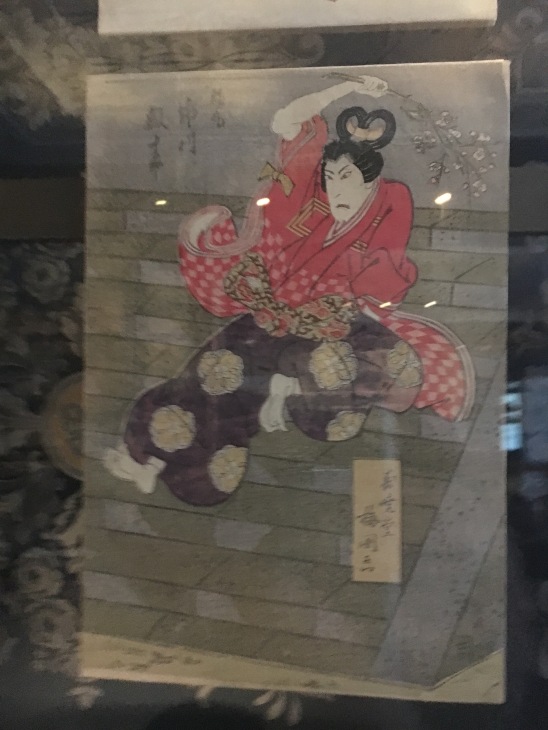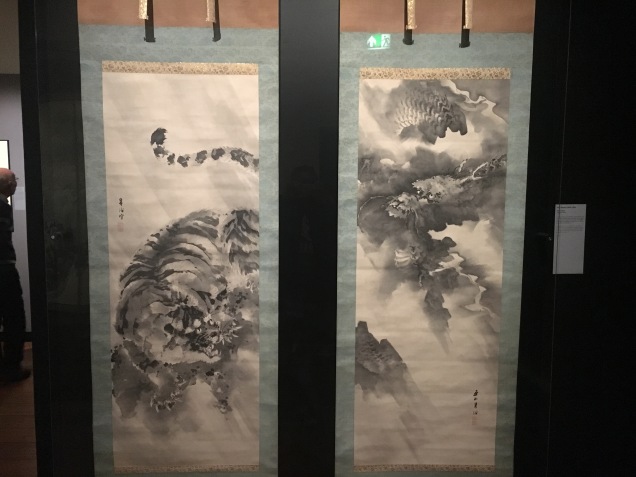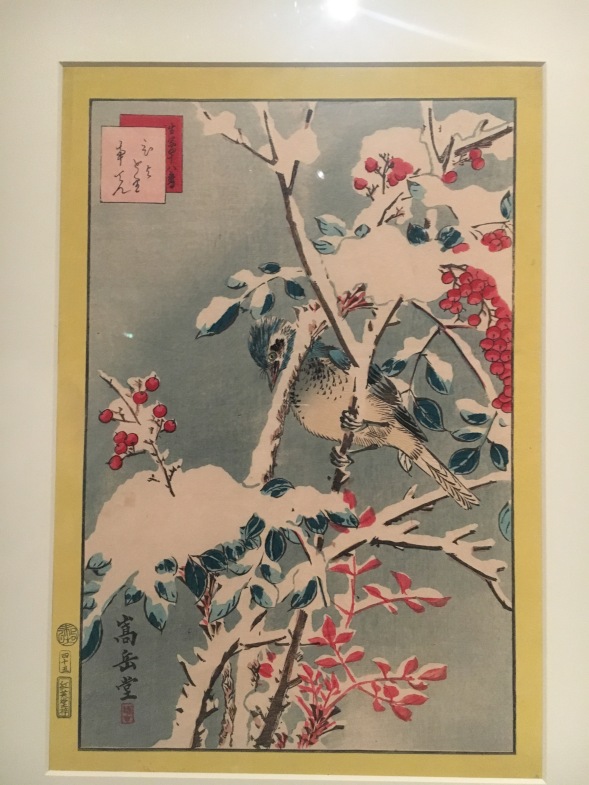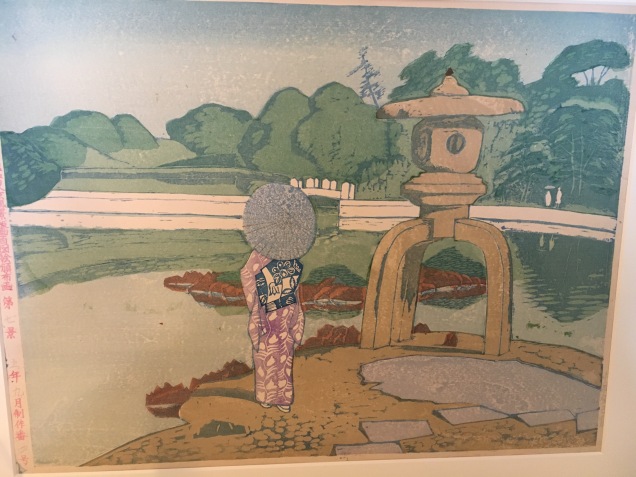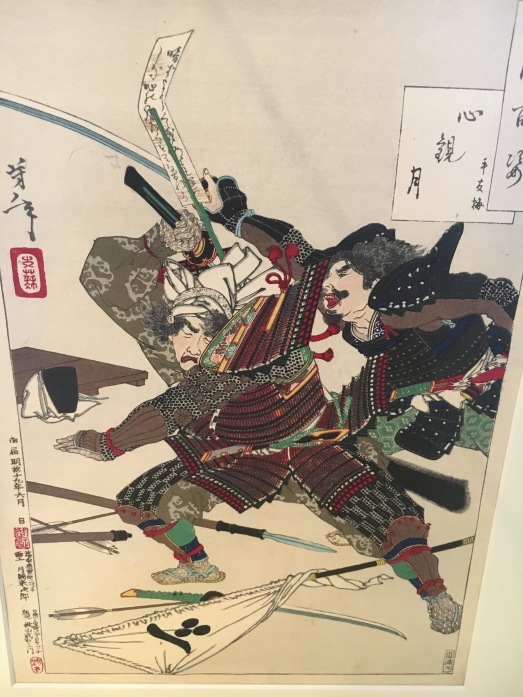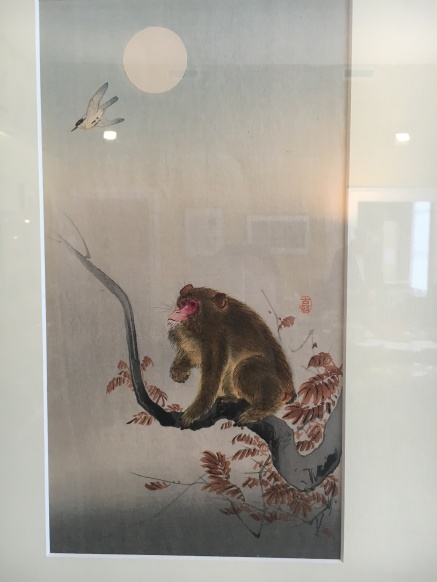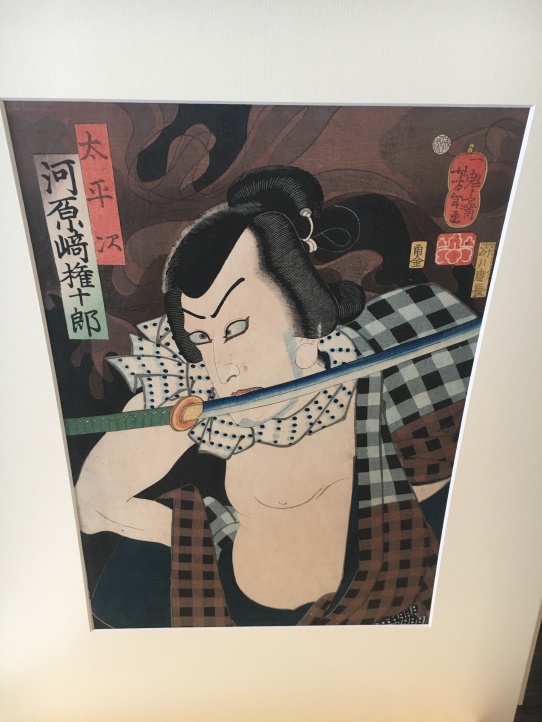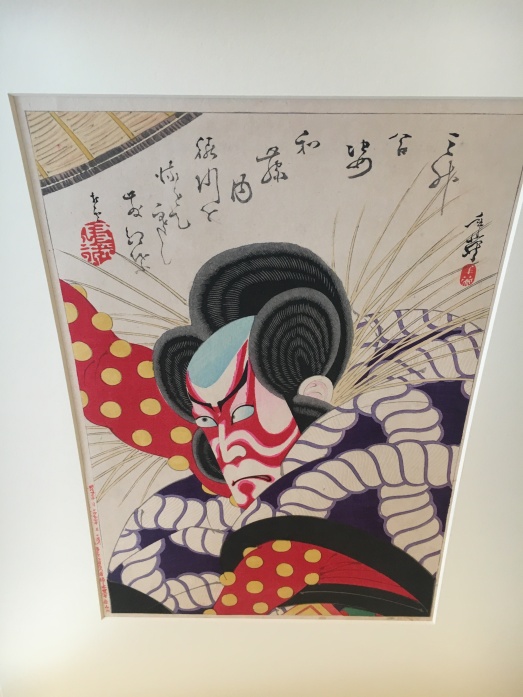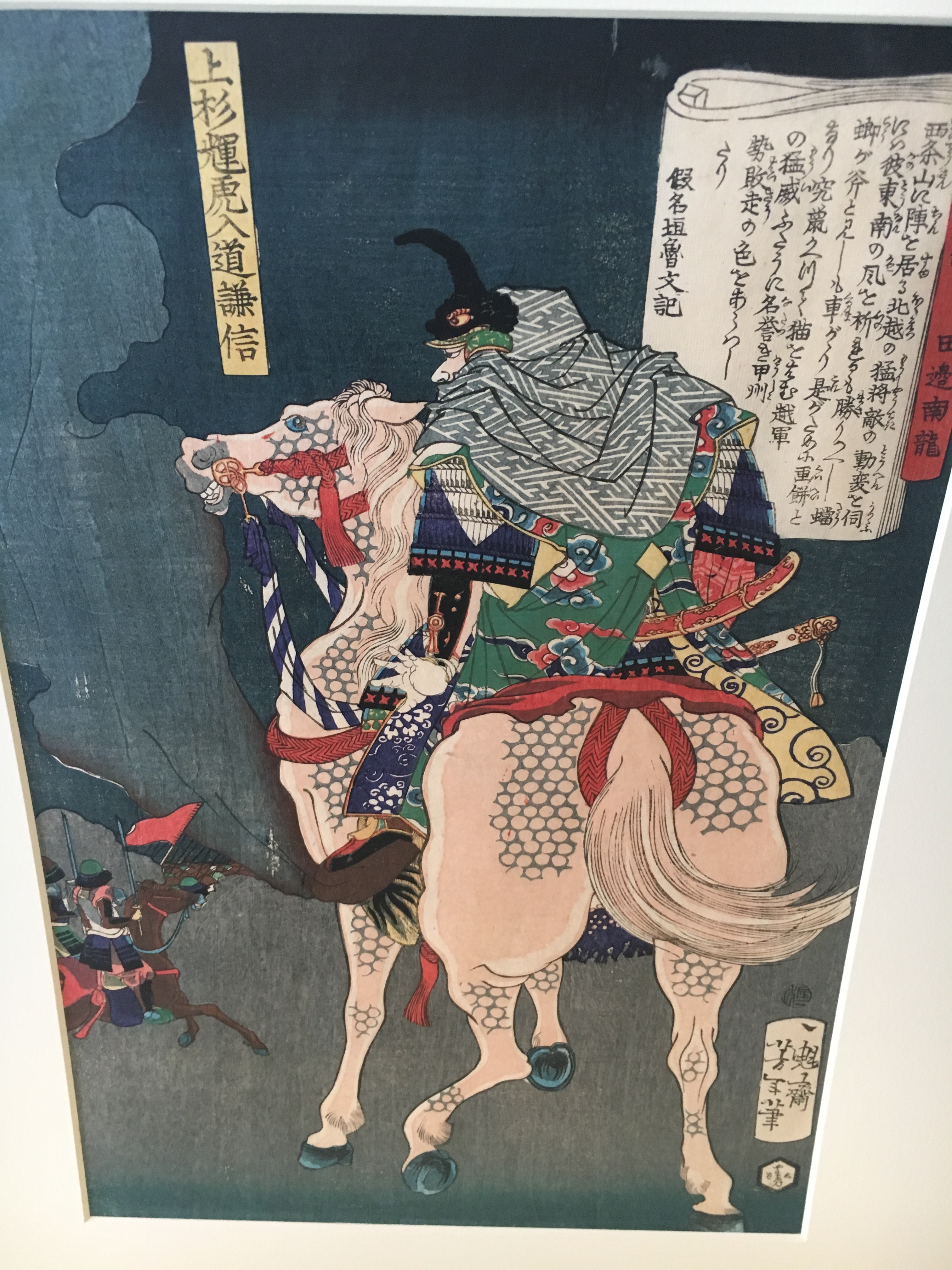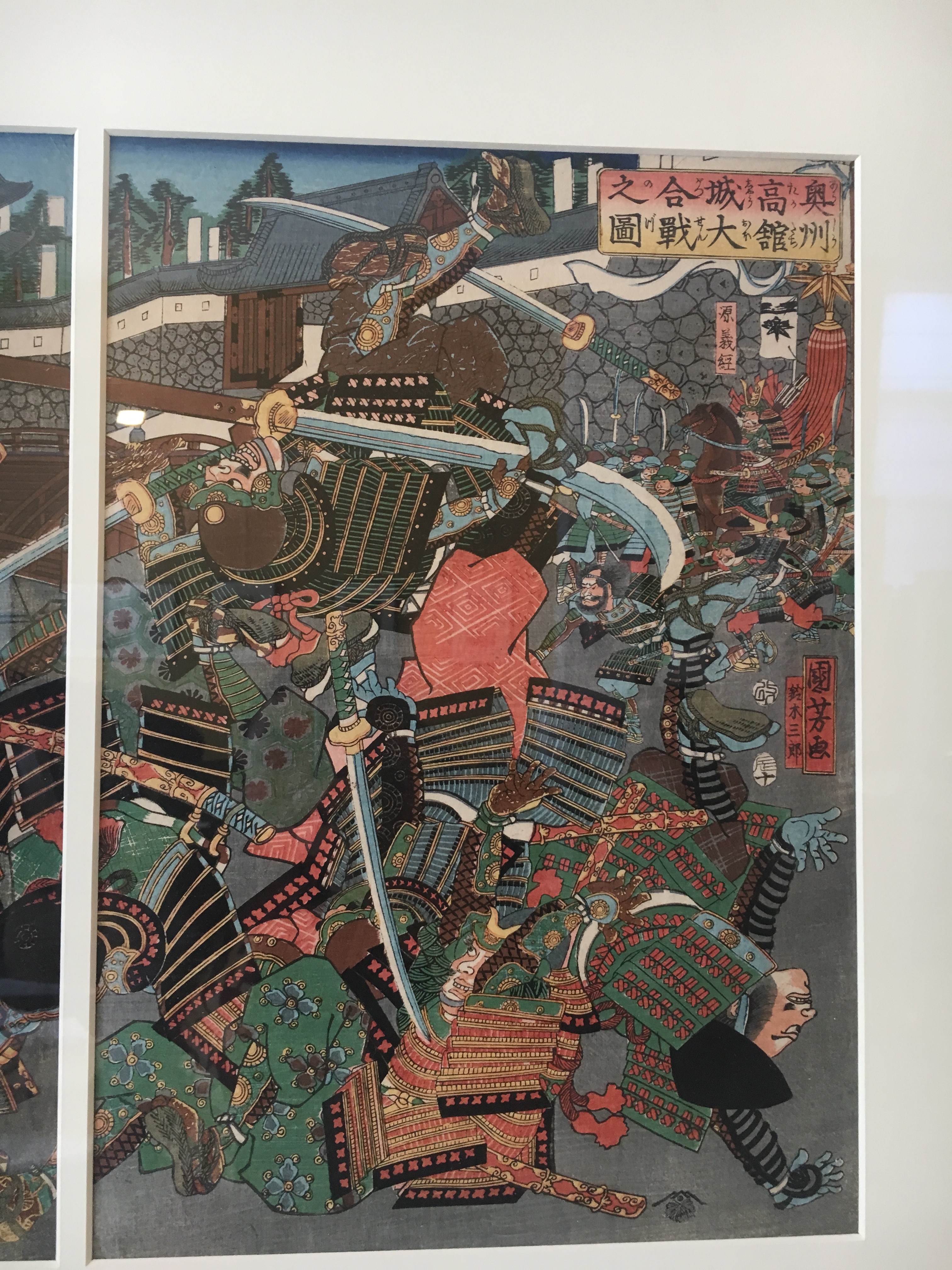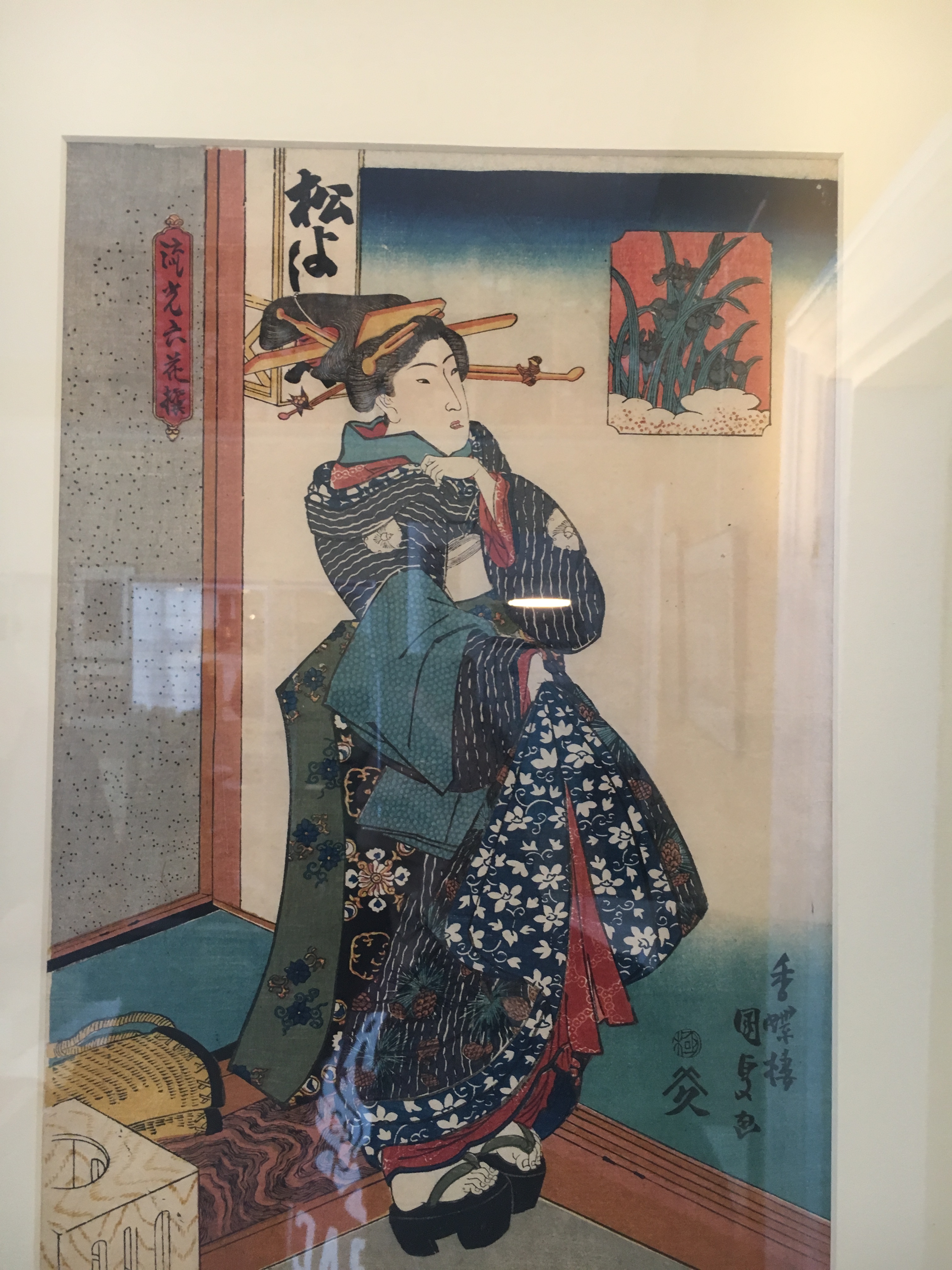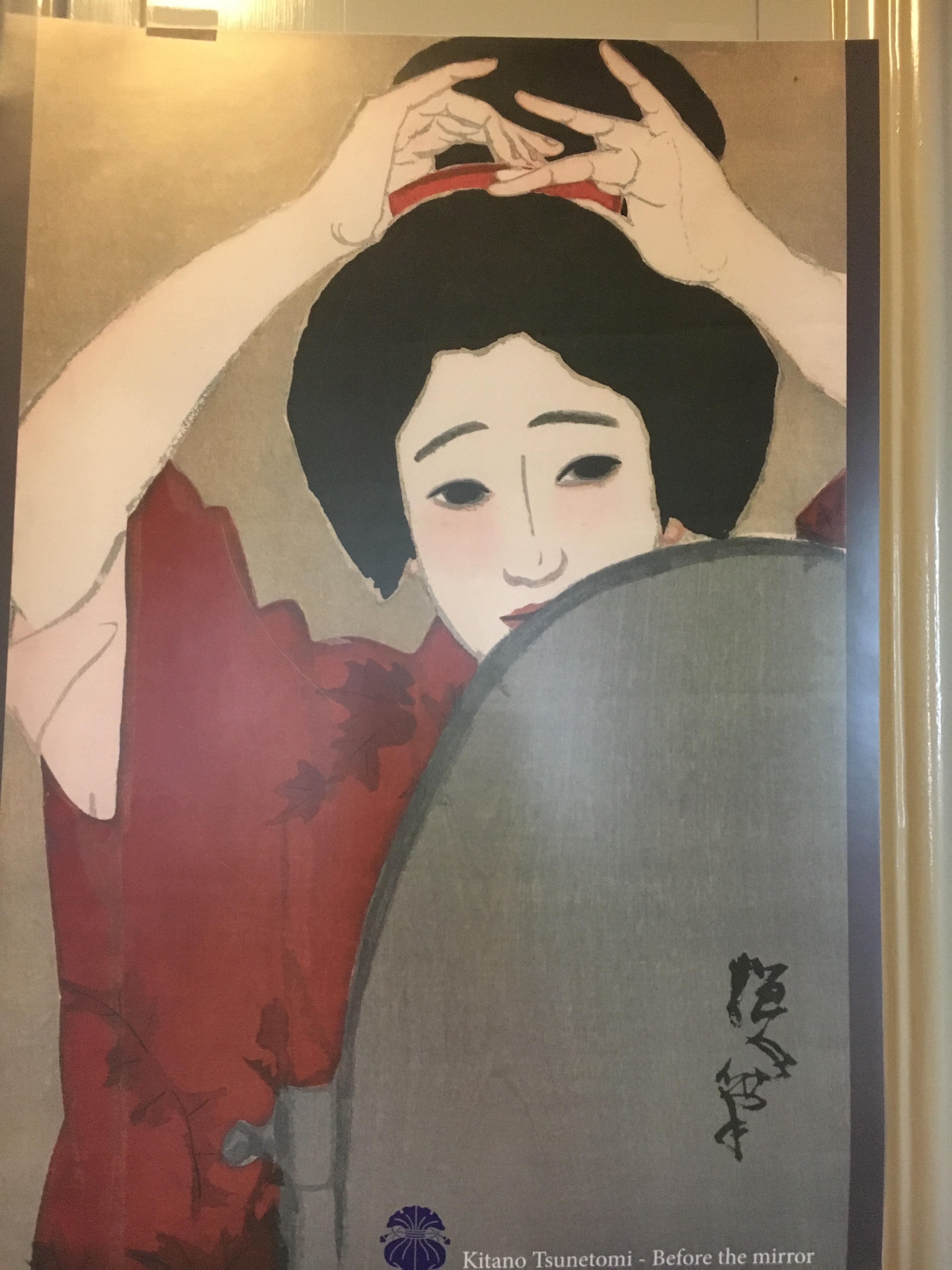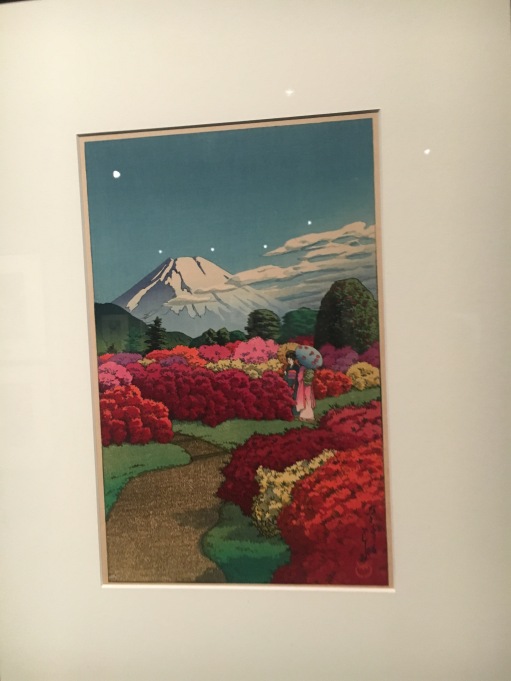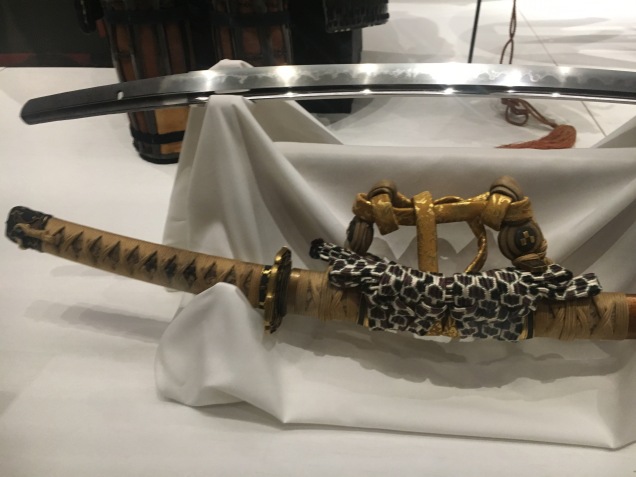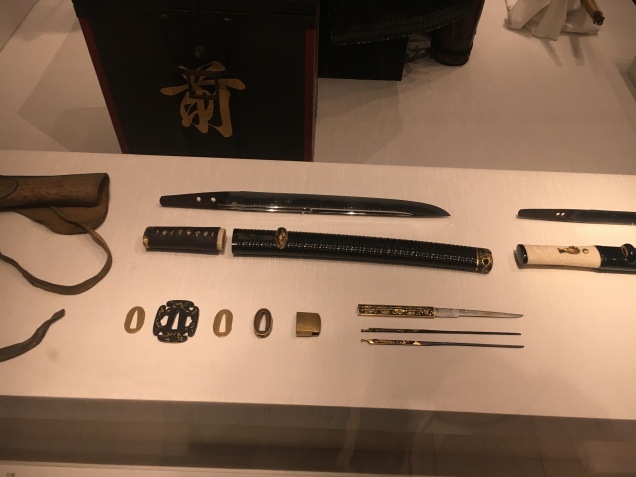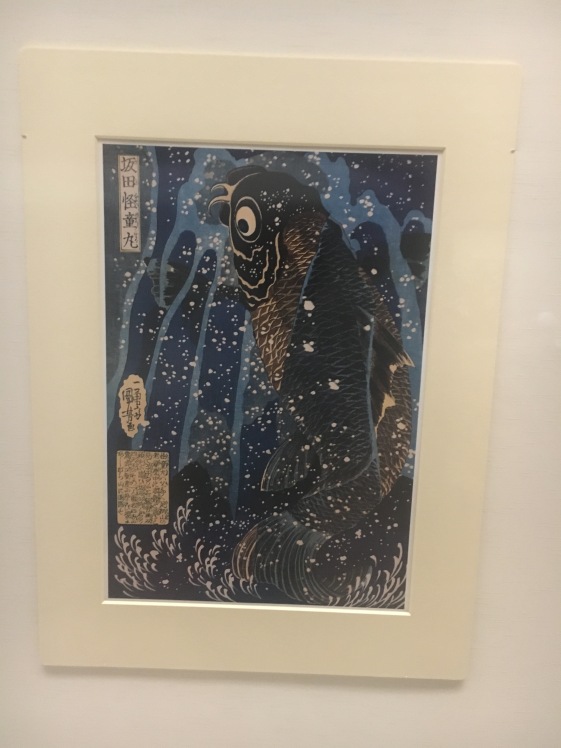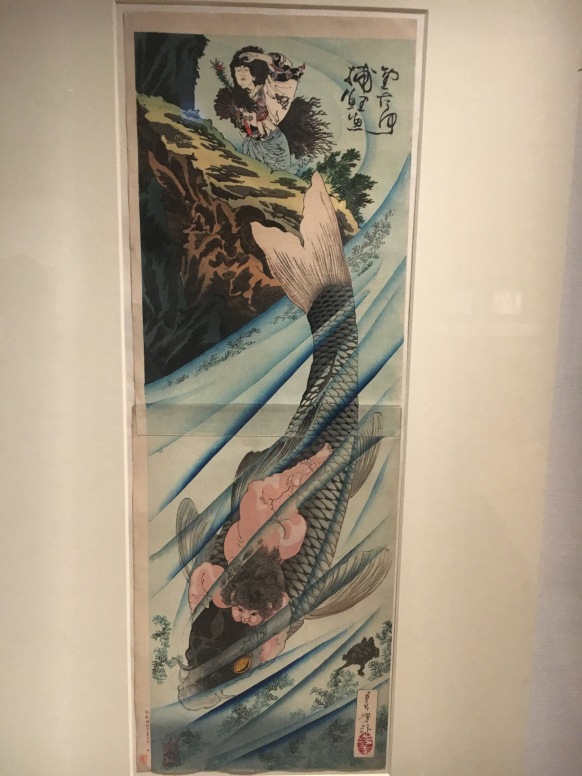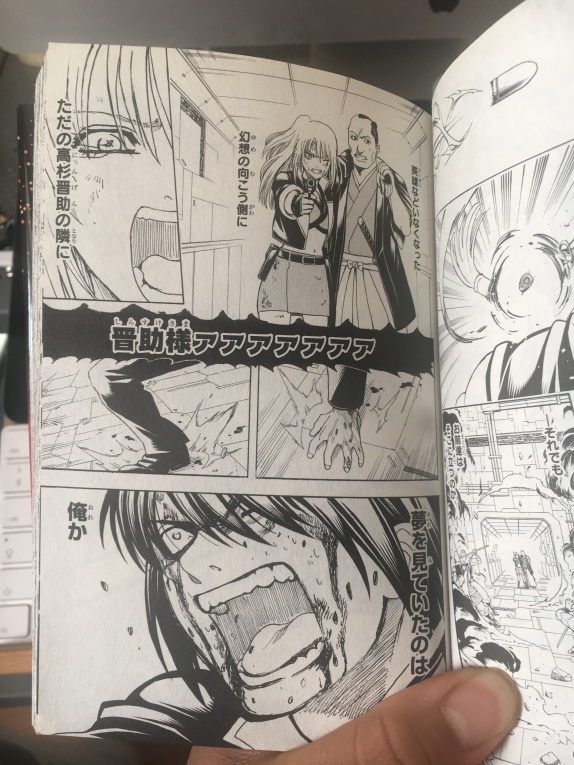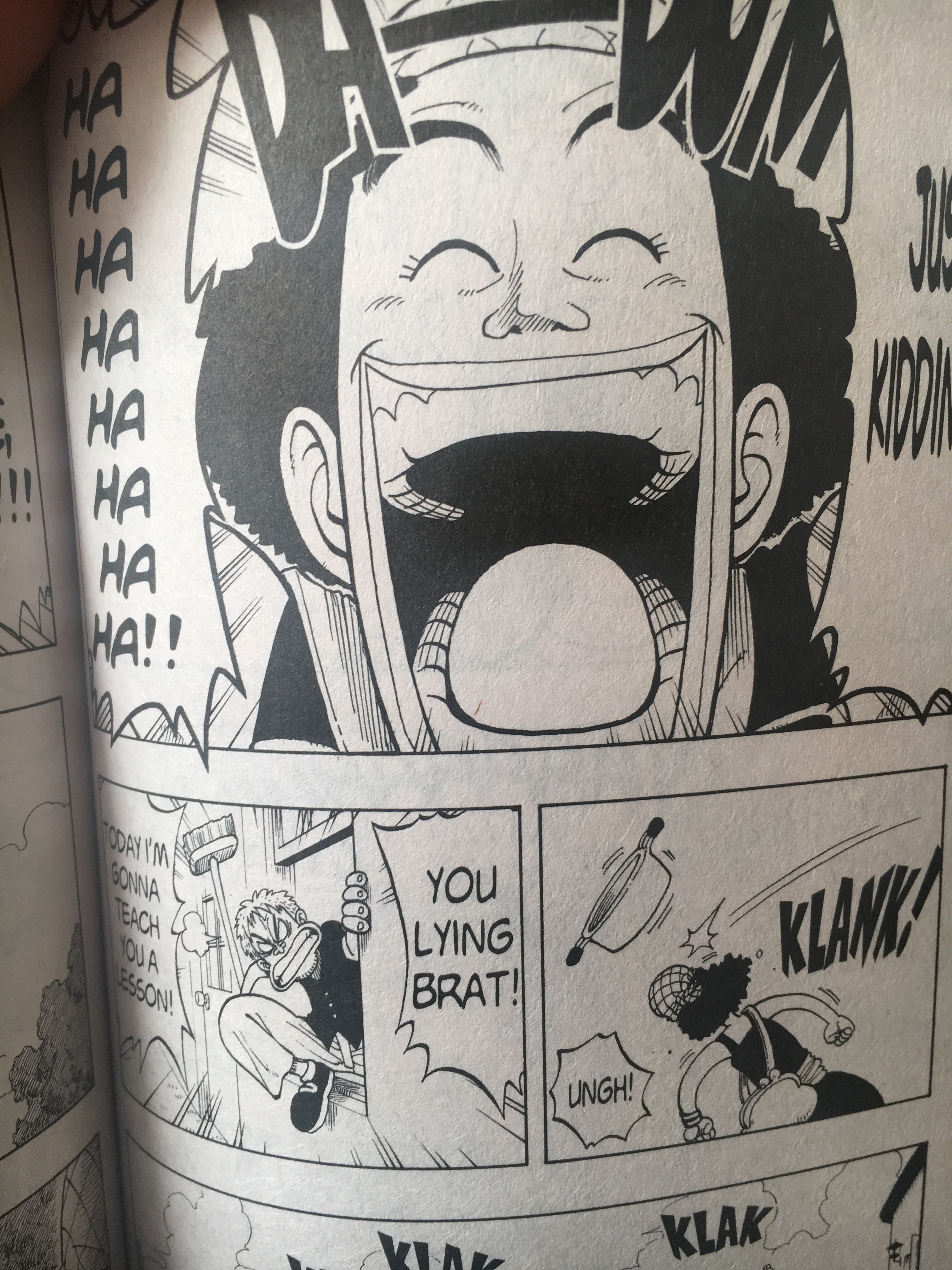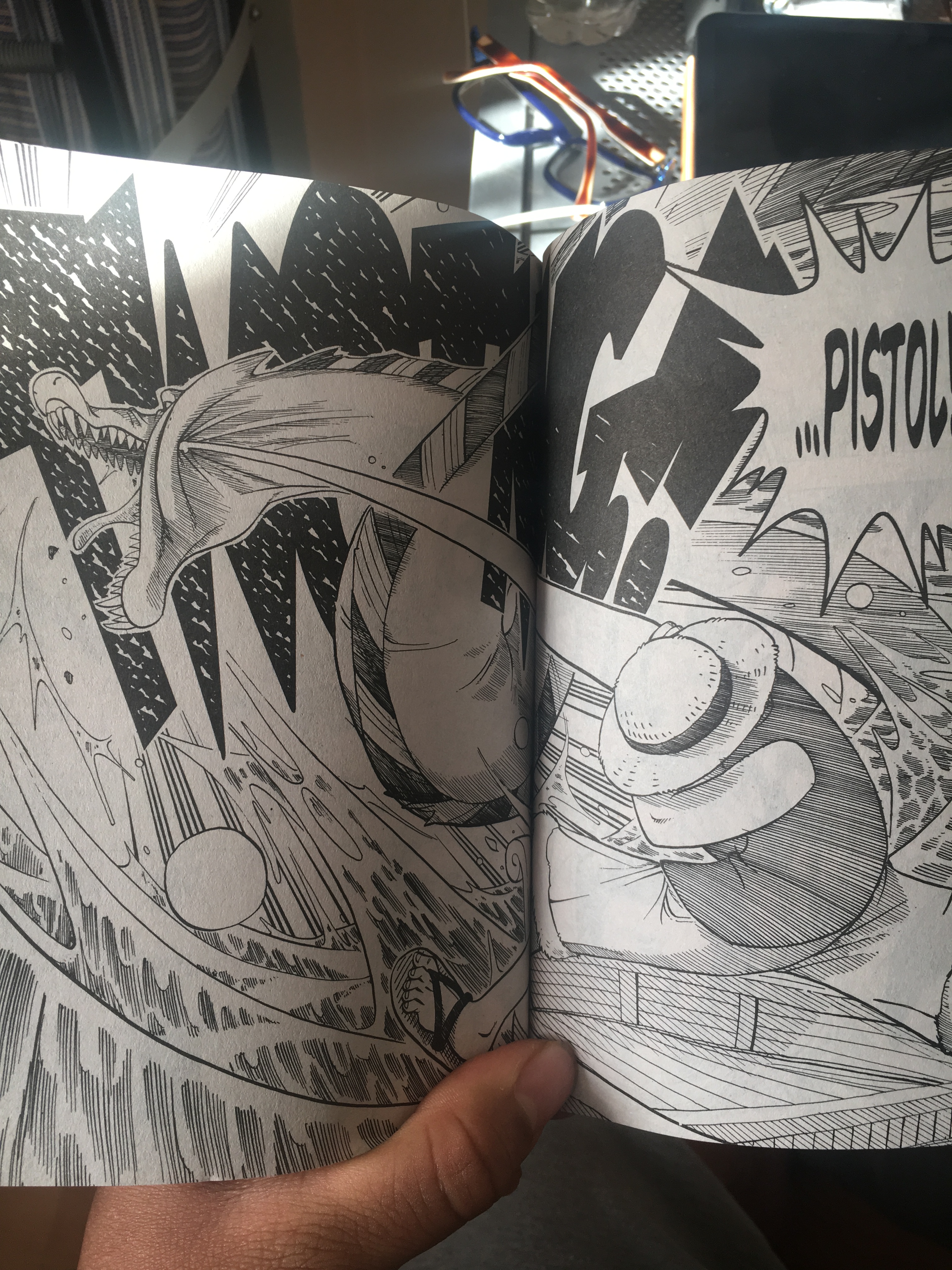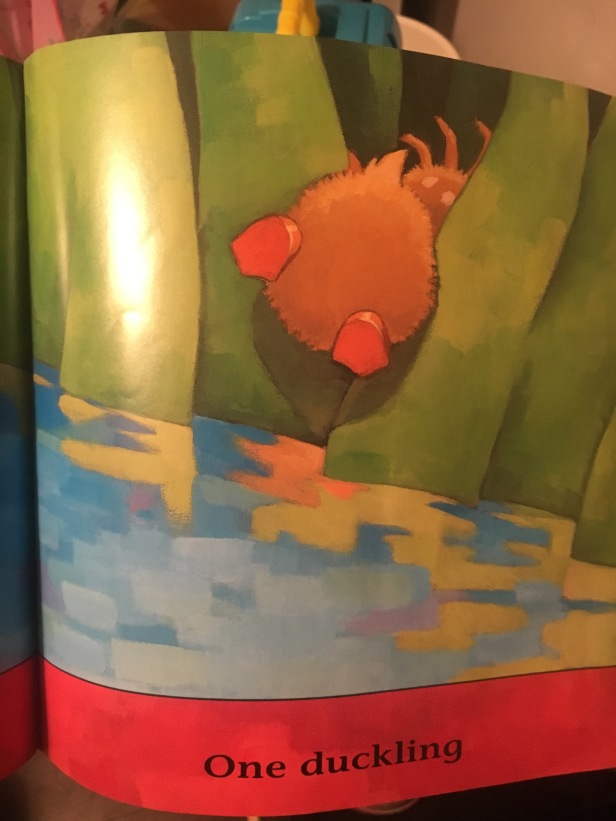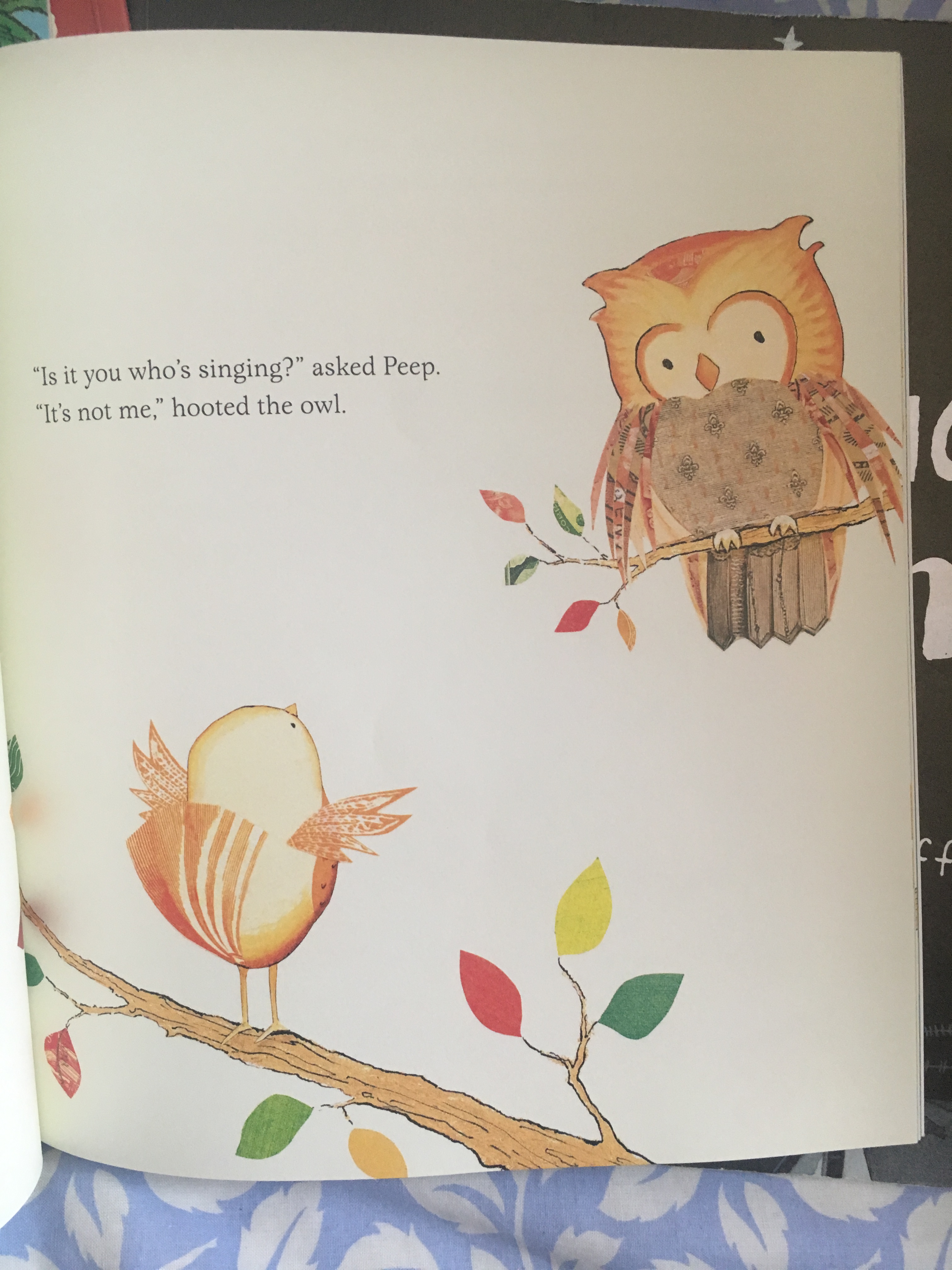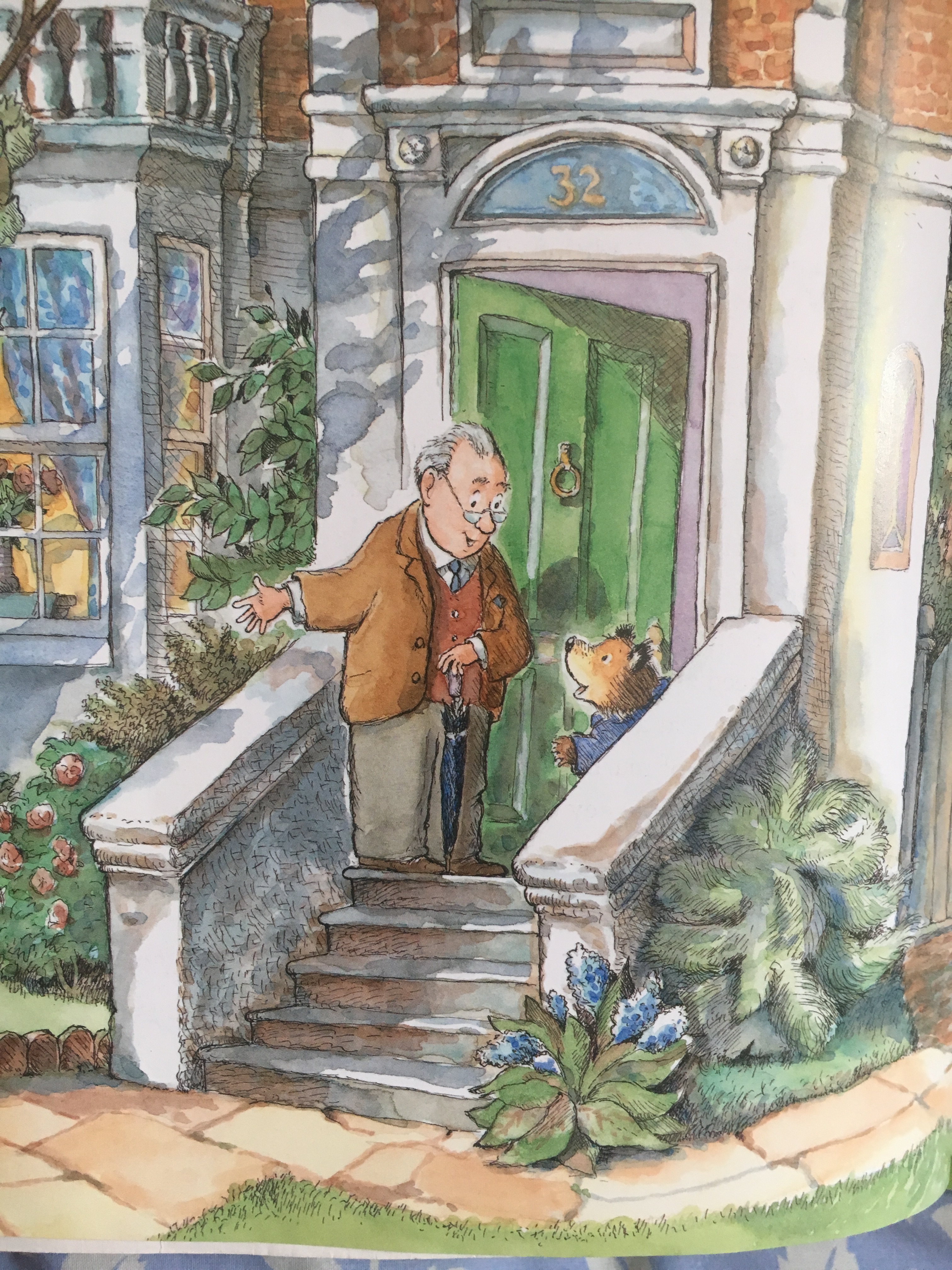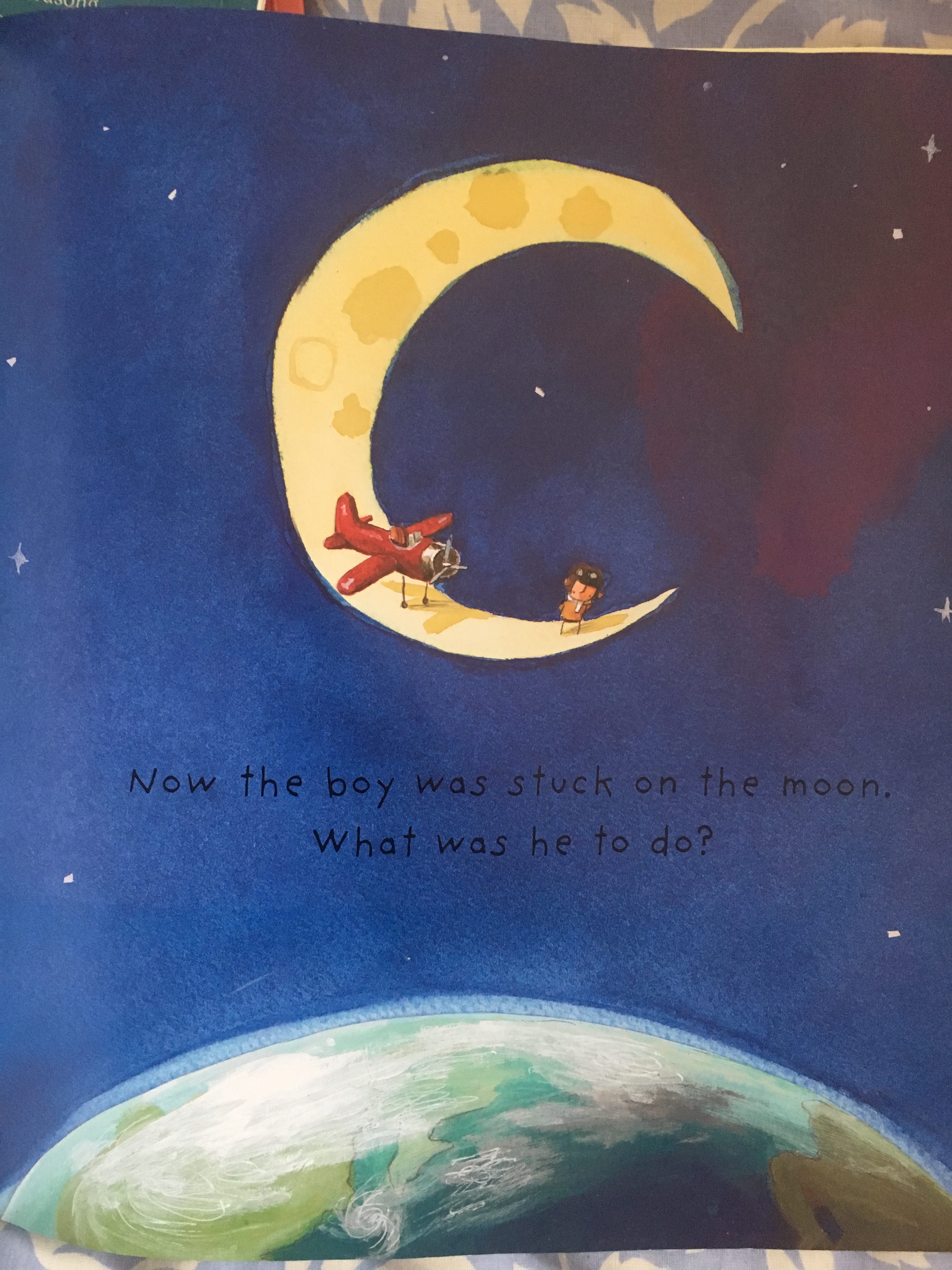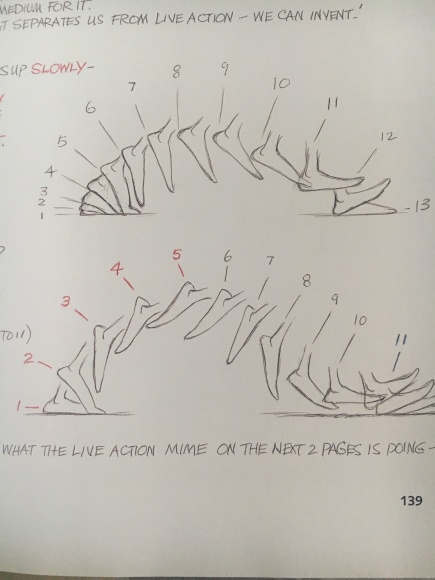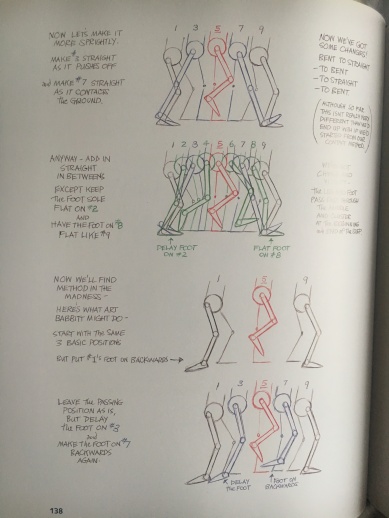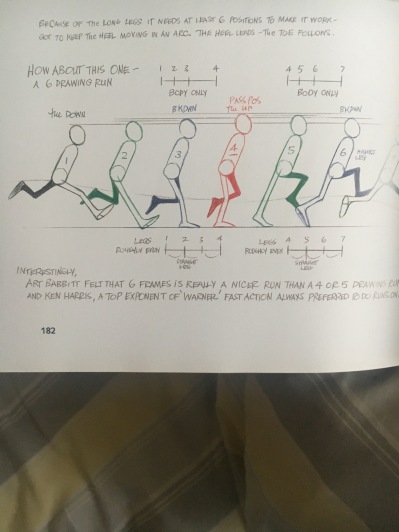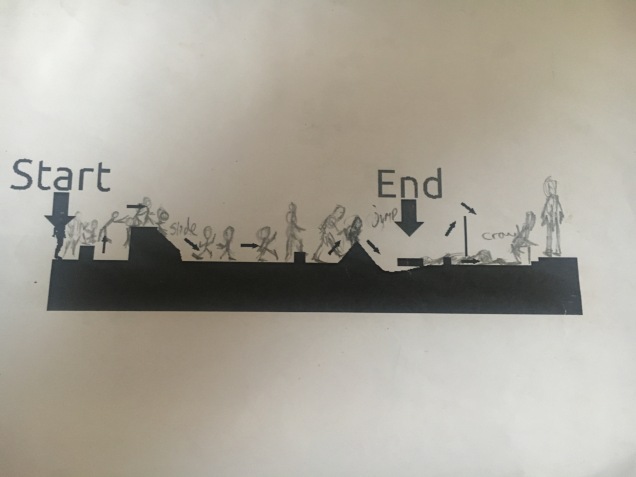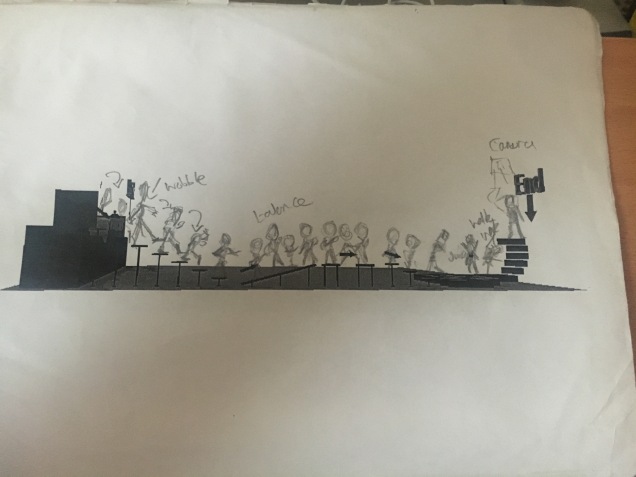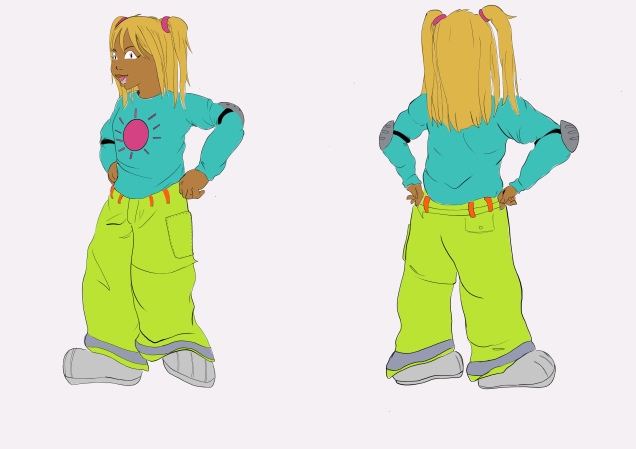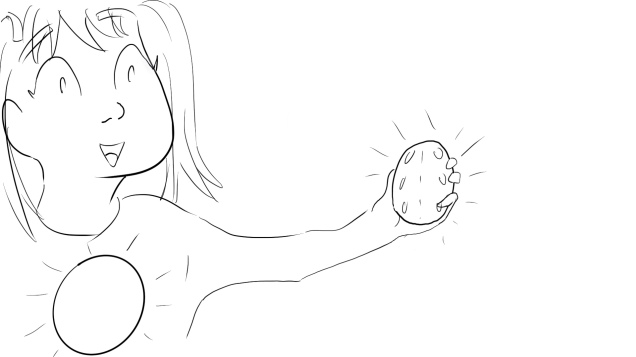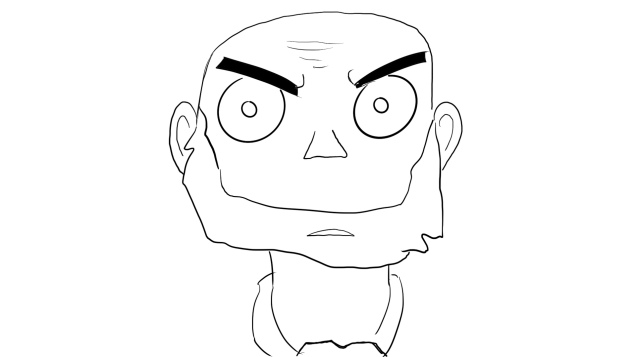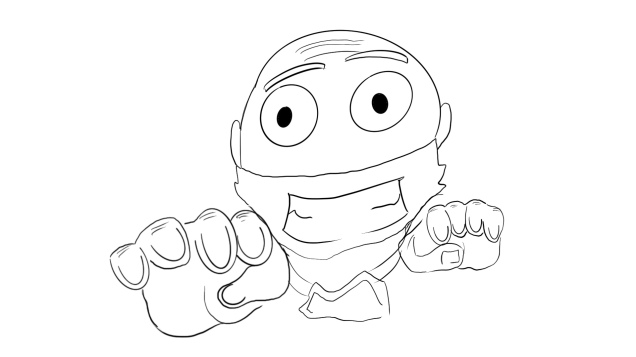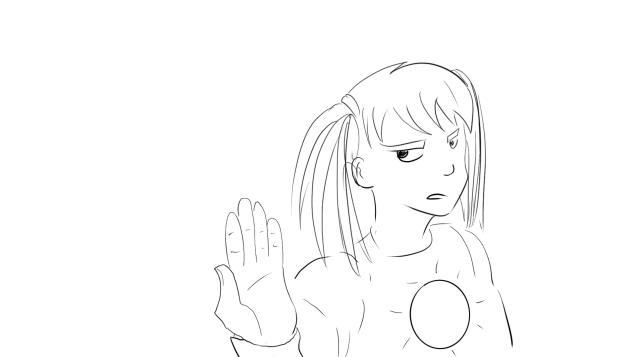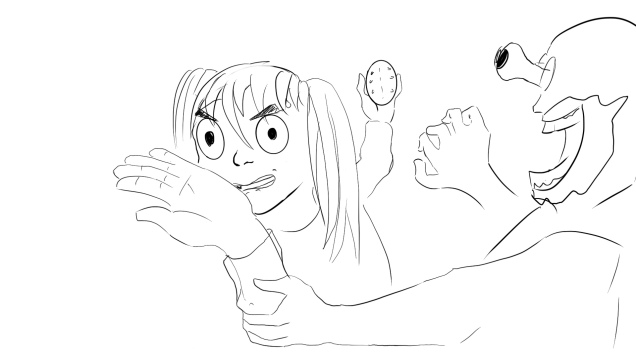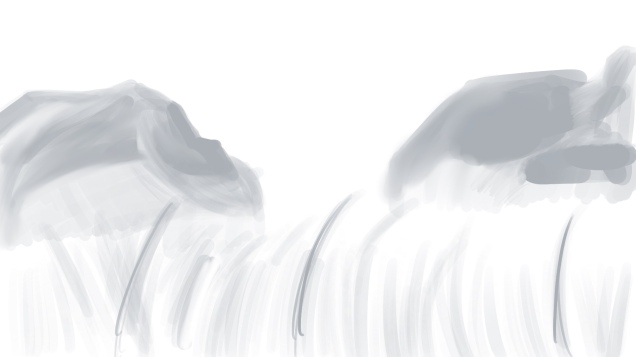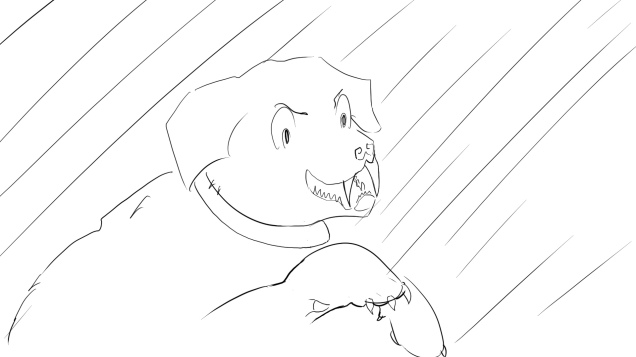The initial stages to creating my FMP I started with a great amount of primary research which continued throughout the project. Once I understood the concept of my FMP and that it would be set in feudal Japan and involve samurai and clothing of that period in time; during our trip to V&A I spent my time in the Japan section creating sketches and taking pictures for later reference. Throughout my project, I referred back to these reference pictures and other forms of primary research such as published manga from some of the most respected mangaka (manga artist) taking aspects that I like as well as using inspiration. Something I often did was refer to manga to see how different artists use panels to tell the story across the pages; through this study I discovered you can be rather creative with the panels particularly during action sequences or sections with drama; whereas a more traditional structured look of boxes can be useful whilst depicting a simple scene such as an exchange of dialogue between characters. Eiichiro Oda was a big inspiration in my work as I like how in his manga (One Piece) he exaggerates facial expressions to really convey emotions in characters. I even took the time to research via youtube videos how mangaka plan out their pages and closely studied their process to a fully finished page.
I can confidently say that I managed to finish the FMP by the deadline; however, that is not to say that my time management was the best. In hindsight I would have started the production of the manga after two weeks of solid primary research, not only would this have given me more breathing room in terms of how close the project was completed towards the deadline but perhaps even would have prevented the modifications to my initial proposal of the FMP. Firstly pages took a lot longer than I initially thought they would have, this is most likely due to the fact that this was my first ever manga I fully produced despite it only being a chapter I now understand the full process and in have a newfound respect for all comic artists especially manga as everything is on them and it is a hefty task just getting a chapter out. Now I have the experience and know the process I could have created the 20 pages in half the time as the element of not knowing would be absent therefore making me a lot more confident as well as having an increase in proficiency. I believe that I would have benefitted from creating a well-detailed plan for the duration of the FMP, instead, I followed a loose guide I had created for myself.
The final project that was displayed in the exhibition is different from what I had initially proposed for my FMP. I intended to create a children’s book/ manga hybrid alongside a short animation. However as time went on and I began production I began to think rationally and contemplated what was really possible within the time I had on my hands, I came upon an ultimatum that I should create a manga to the best of my abilities as I believe it is not only something I’m passionate about but also a project where I can let my strengths shine, such as drawing and telling a story. With the manga I can still tell a compelling story with no real restrictions; that is also the reason why I decided to drop the part of it being a children’s book hybrid as that would naturally bring limitations. Whilst my ideas were very varied they were too scattered, I felt as though I would rather pick one aspect and created it to the best ability.
Once I had my mind set on creating a manga I was focused on making this to the quality of the market standard a manga that could be picked up by a publisher. Combing my research into manga and my imagination I invested into all the required materials and got to work. These materials included: Gpen nib this is a traditional Japanese way of inking a manga, manga B5 paper a very sturdy paper that can withstand the sharp nib without cutting and of course manga! I studied pre-existing manga a lot in order to achieve an authentic manga look. I roughly spent 2 weeks developing characters and a story, I believe this was enough time to fully flesh out the story and characters along with their motives and personalities. As I was doing the first chapter I focused on introducing main characters as well as establishing a problem where the chapter would conclude. As I had never used a Gpen nib before I experimented a lot on the first couple of days of the different line variation I could get and how to correctly hold the nib; it is a difficult learning curve however once I got into the flow of the process it actually quickly became my preferred way of inking. I combined the traditional methods with digital to help speed the process, once I had all of my pages inked to my satisfaction I scanned all pages in for digital modification, this included screentones, halftones and speech bubbles.
I decided to present my work as a traditional manga, of course, I used mixam a comic printing company I came in contact with last year whilst at comic con; for the authentic manga look, I made sure that the book was printed from right to left. The website was very efficient as it allowed me to select my preferred paper size and type, allowing me to create a genuine manga. The quality is that of the industry standard to the point that I feel so confident in this manga that I will be using this as part of my portfolio in showing my works to publishers and other members in the industry. I feel as though my intentions of creating a manga was completed to a professional standard and was definitely done well, along with the standard of artwork; I believe that all professional comics have consistent artwork which my manga shows. On the other hand the writing could have been written at a better standard, I believe that this is because I did not put much time into the development of a script, certainly not as much as the development of the illustrations; which is crucial as a comic depends on both illustrations and the literature. Looking at the finished product I can see the impact it has had on my work progressively, in all aspects including illustrations, comic making and workflow. This project has also given me a creative boost in confidence as an artist.
In conclusion, if I was to do this project again I would definitely spend the first 2 days just curating a well structured, achievable idea. meaning that right from the start I can get into my workflow working towards the final product without wasting valuable time which can be put to use in creating. Essentially I would have really emphasised the importance of time management as that would have allowed me to create more at greater efficiency. That being said I can say that this project has shown me that as a creator time is of the essence.
